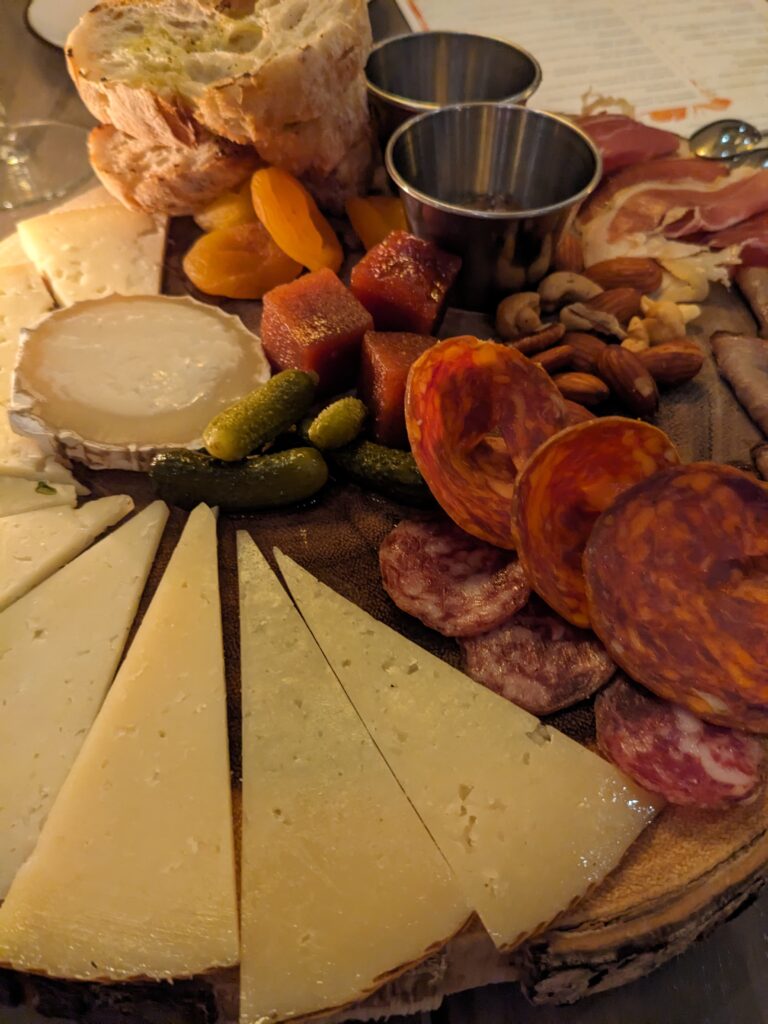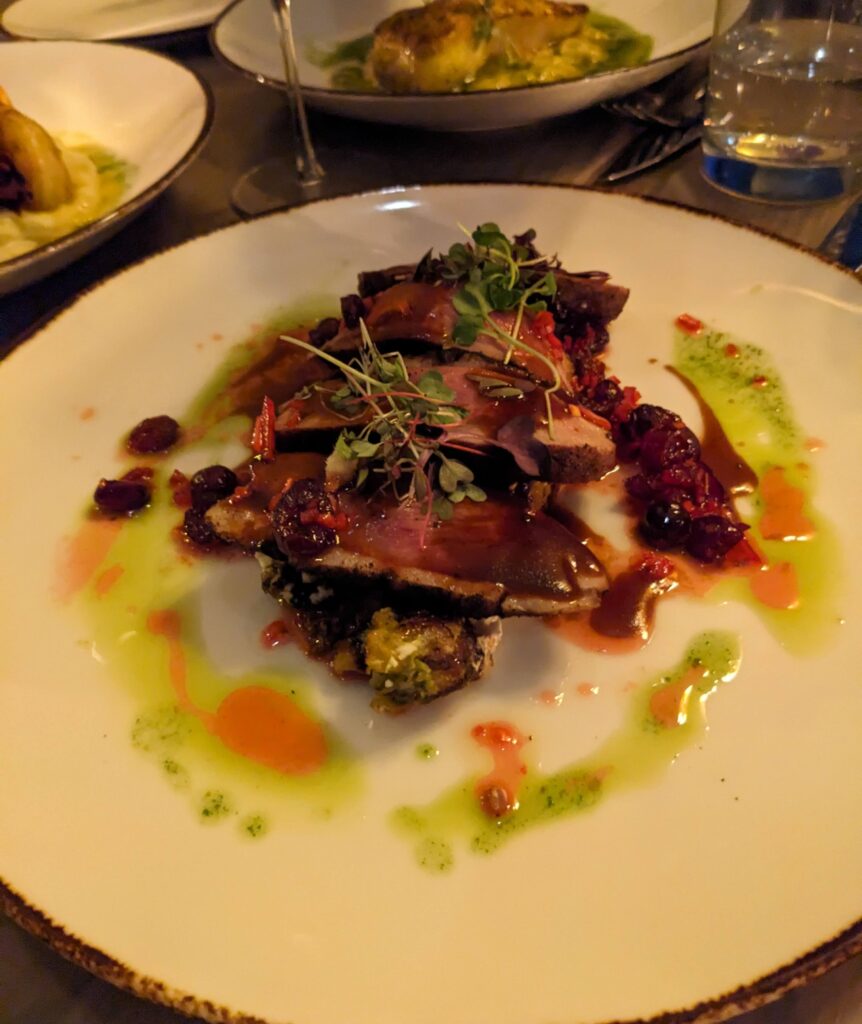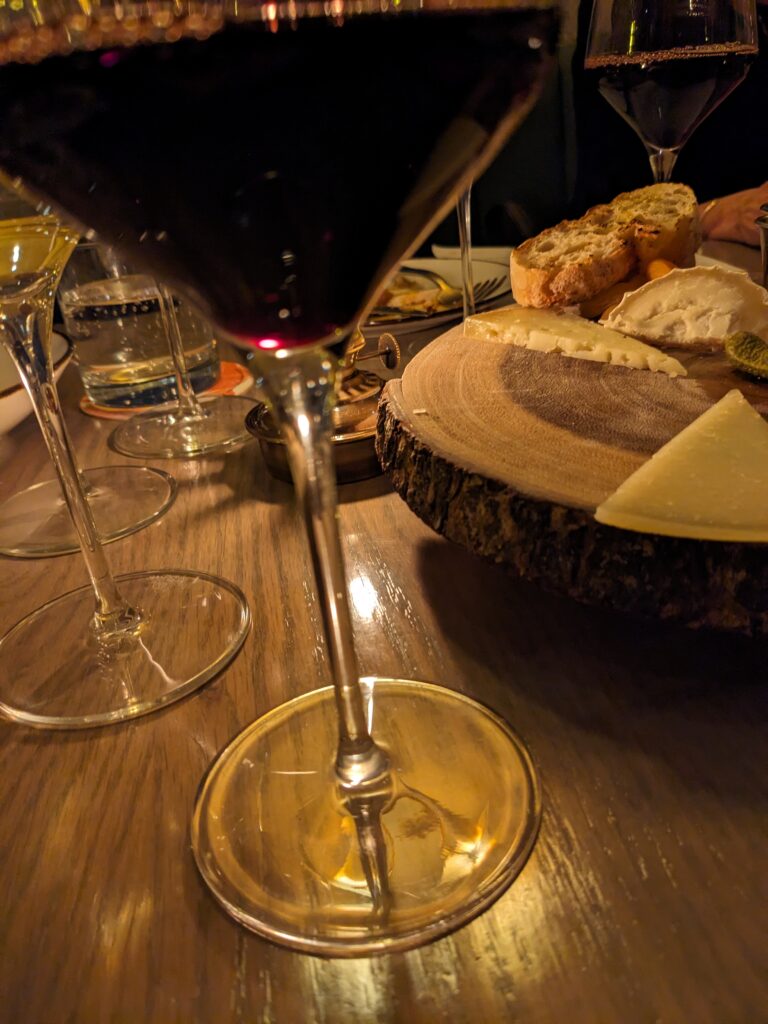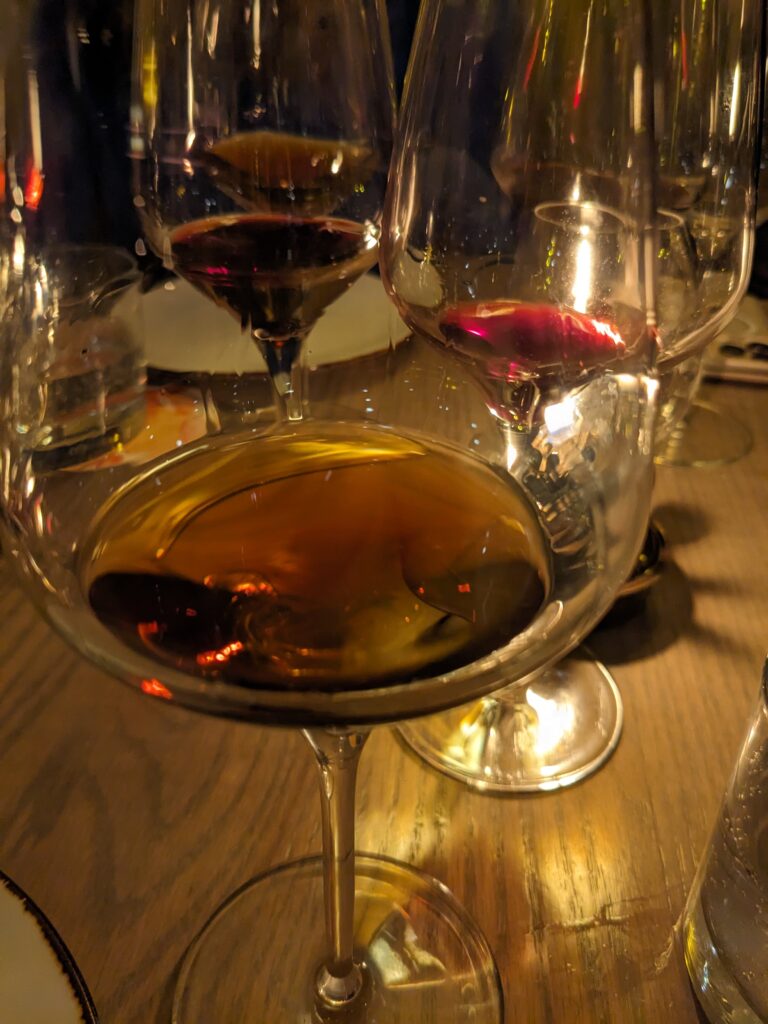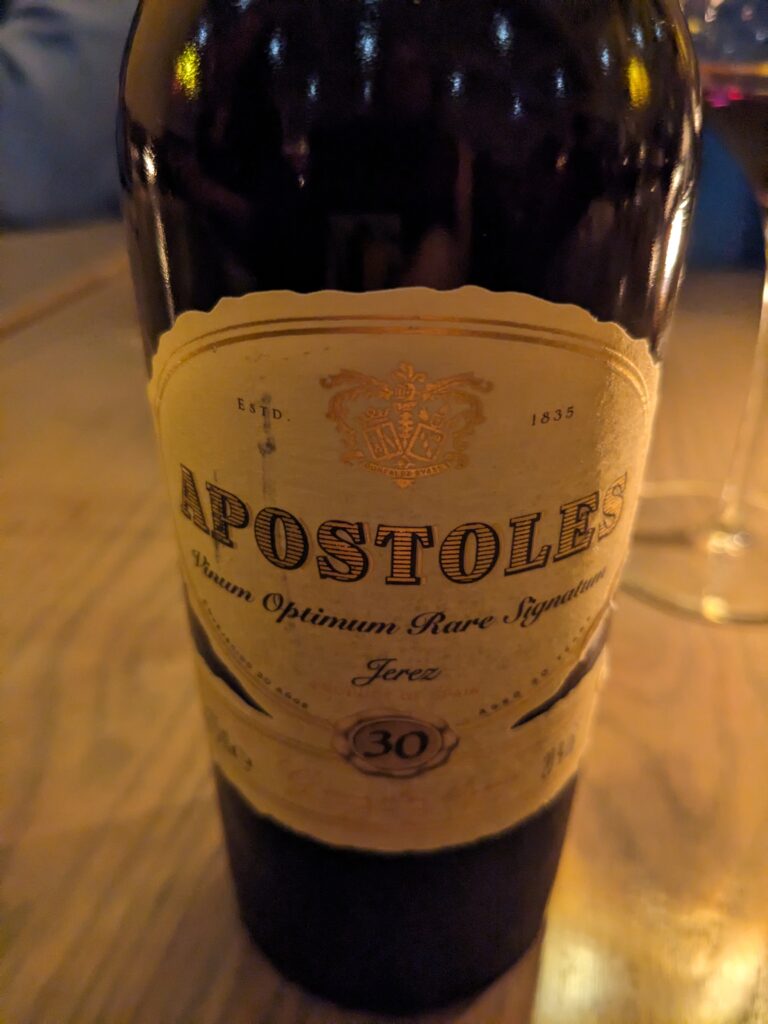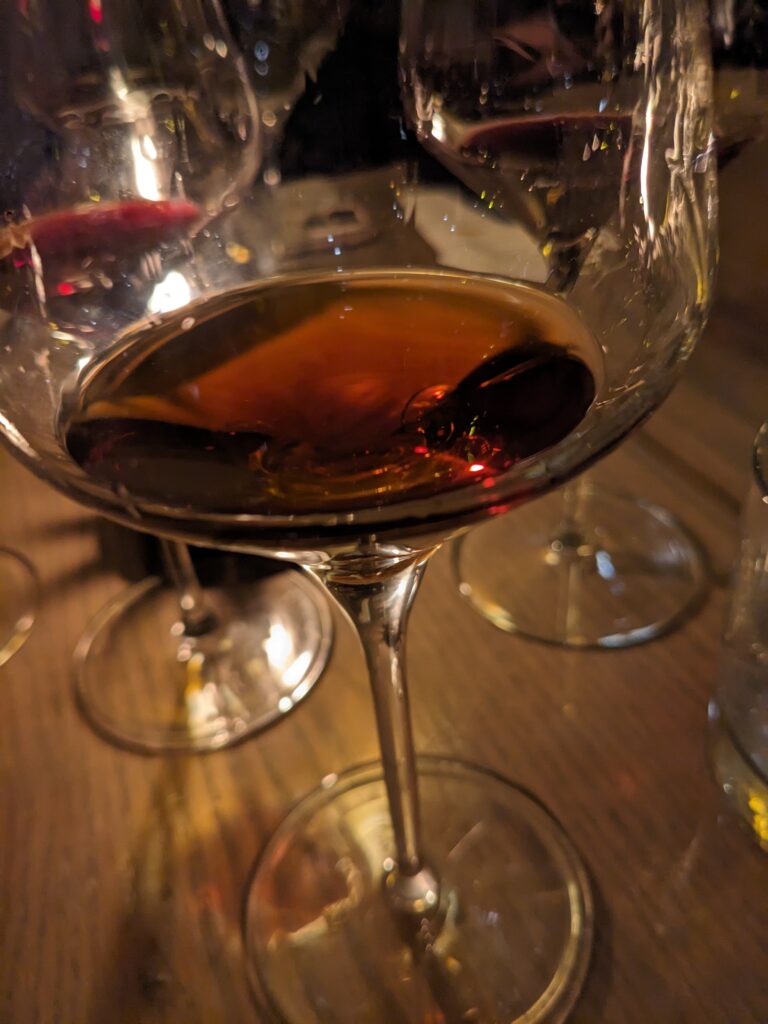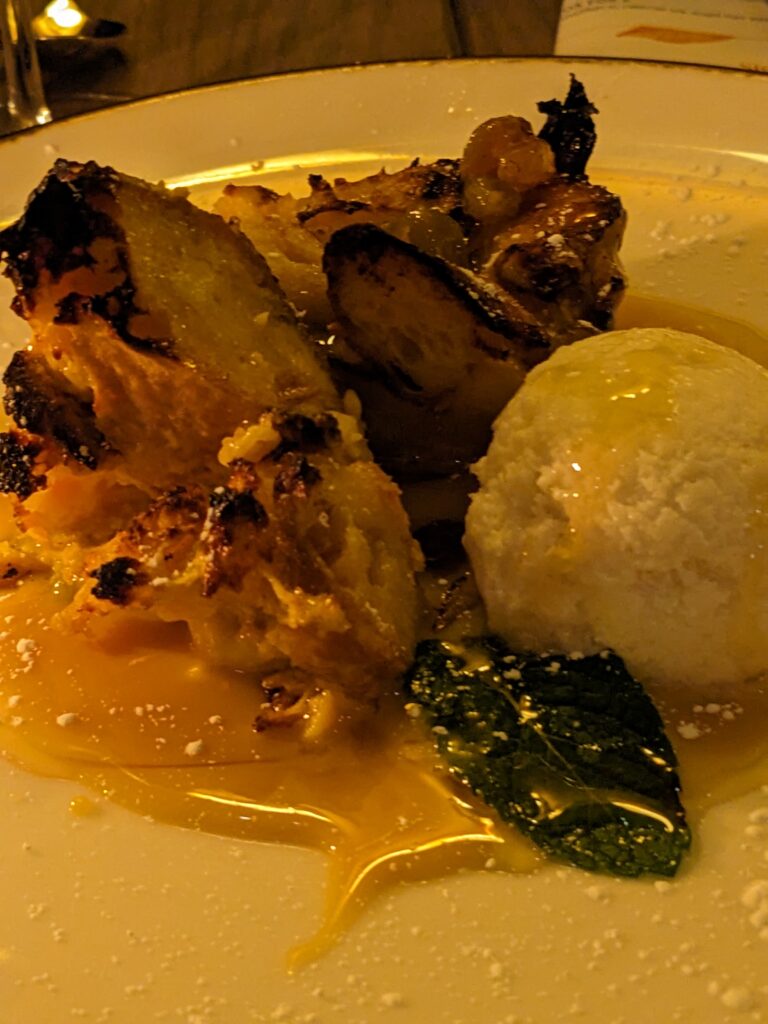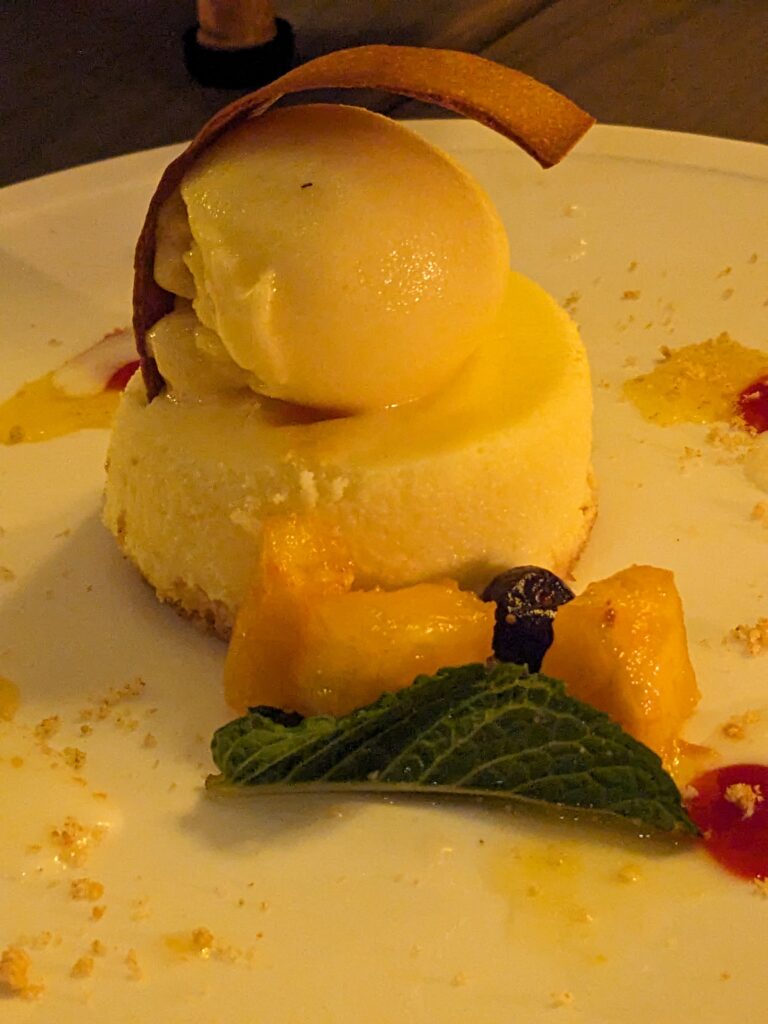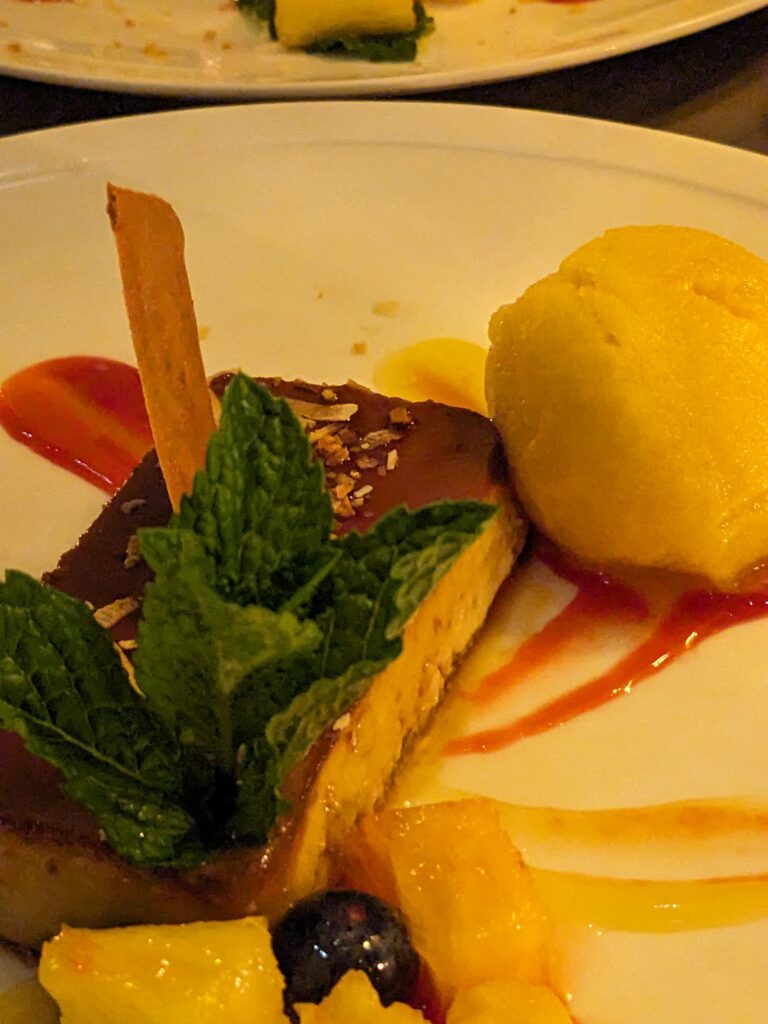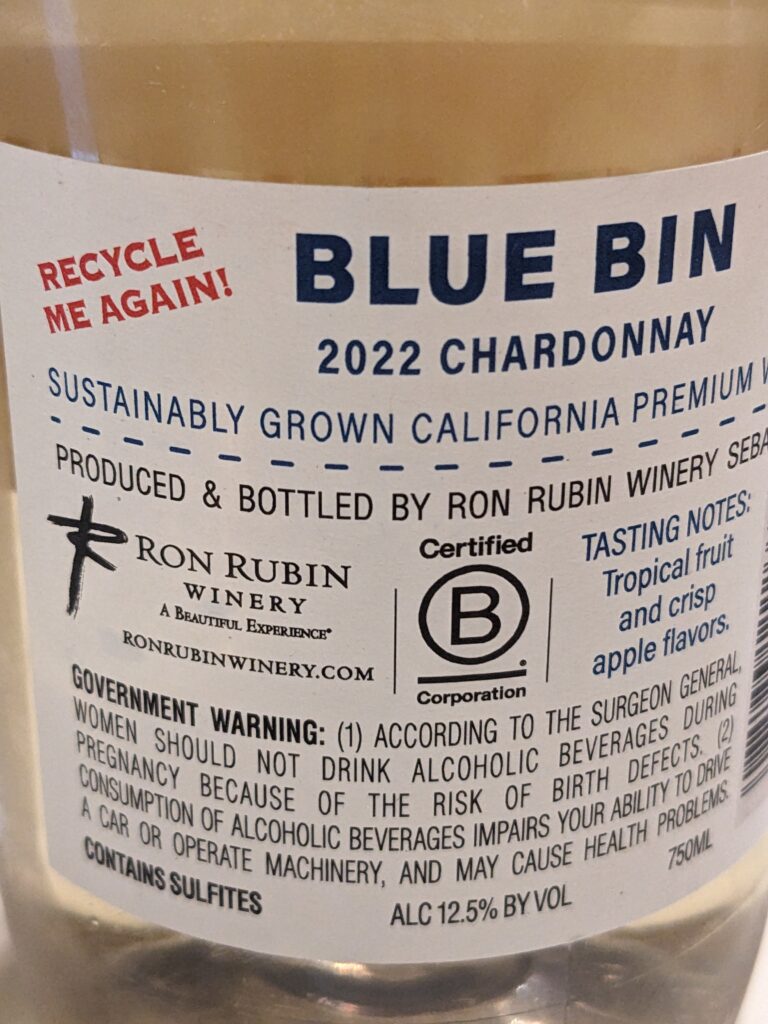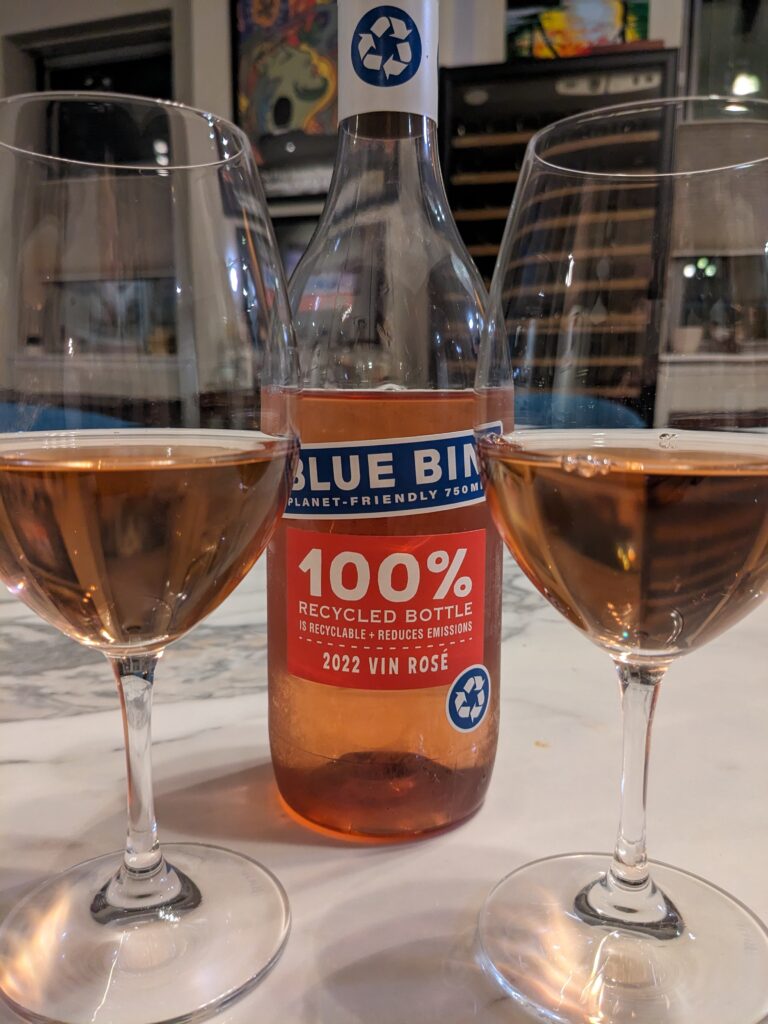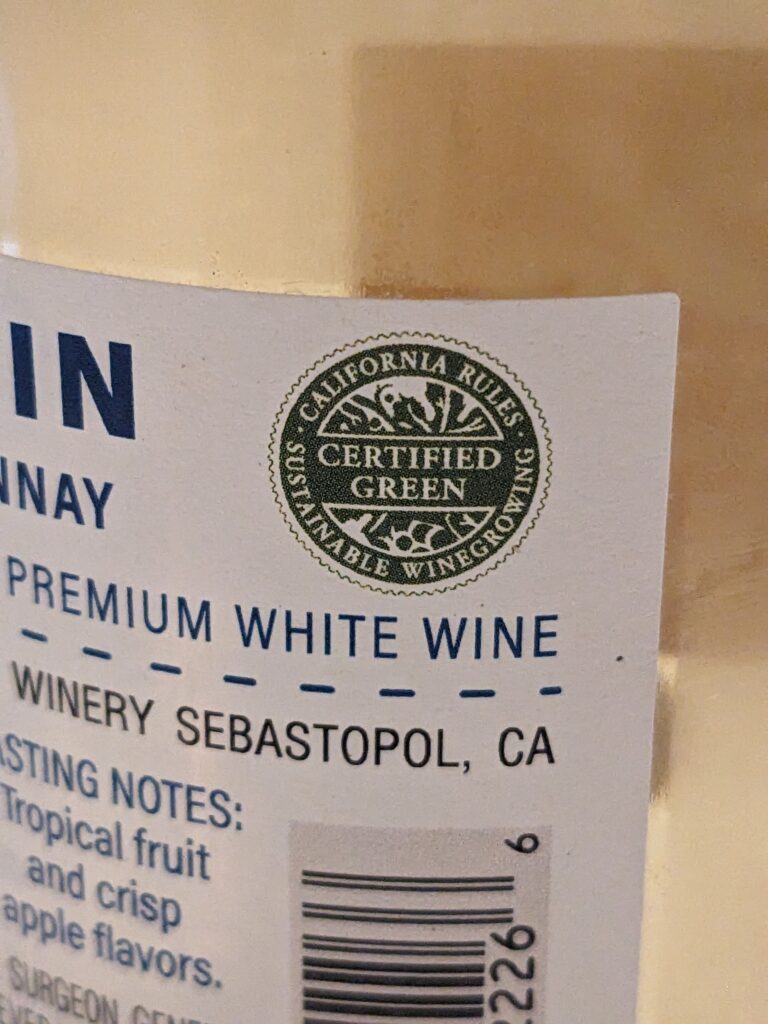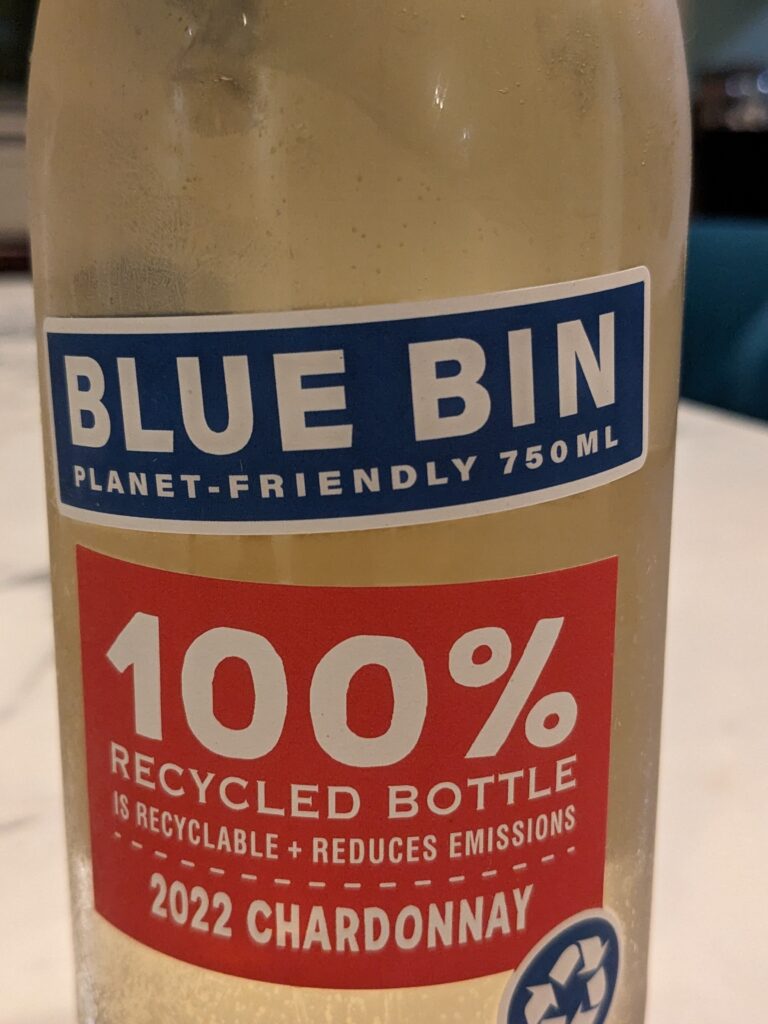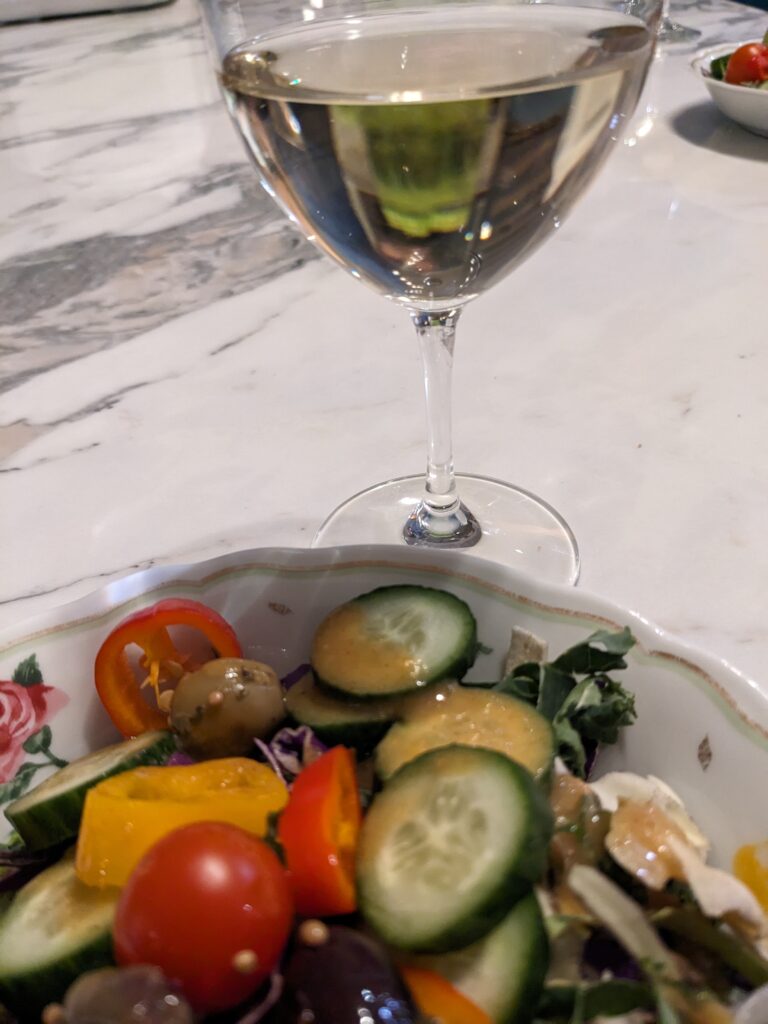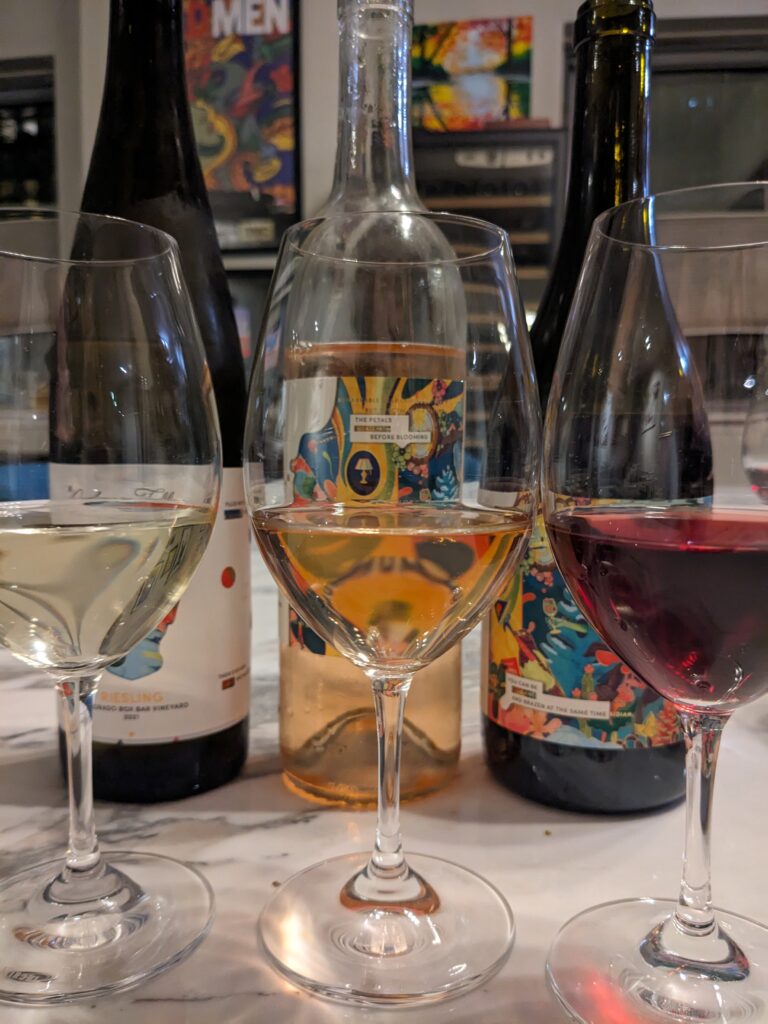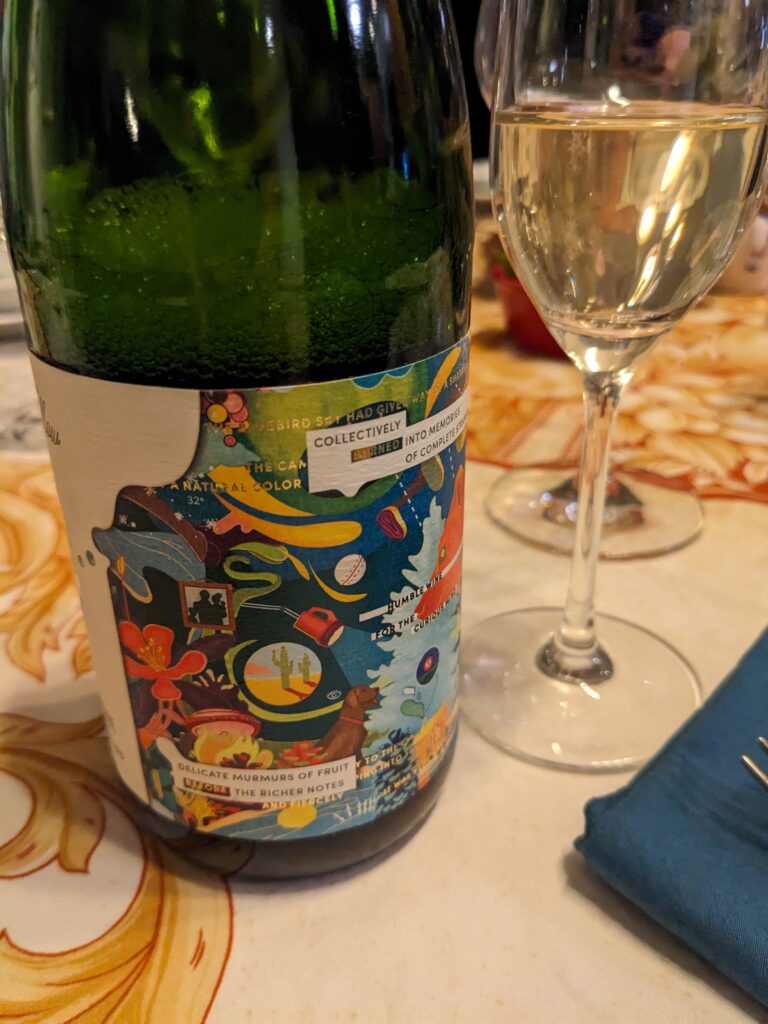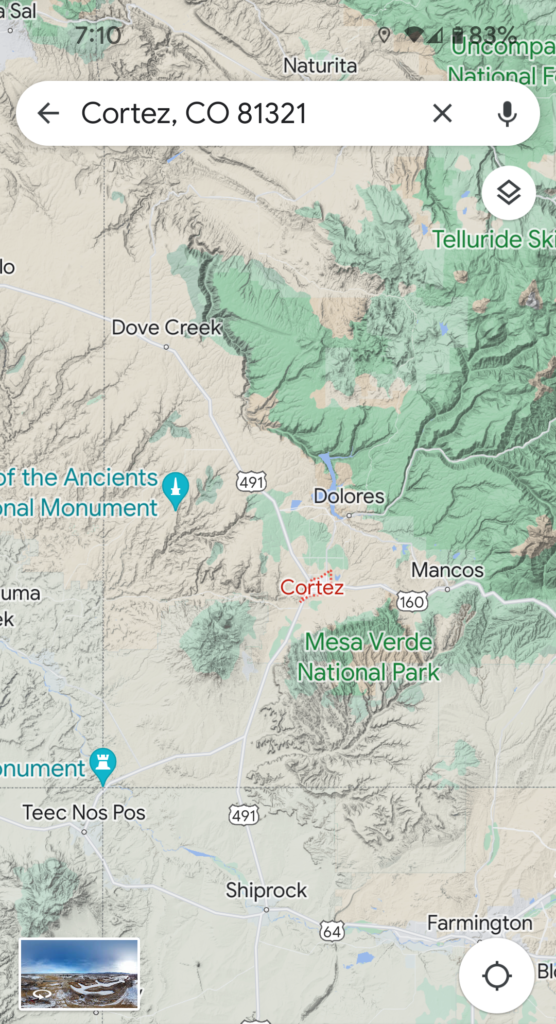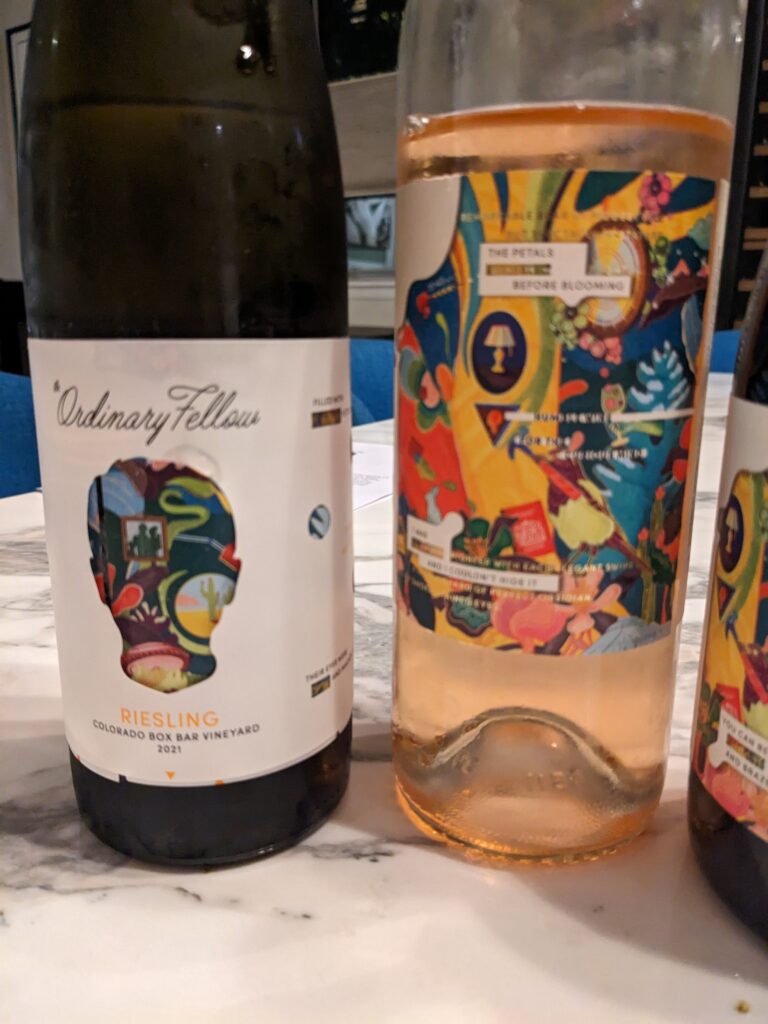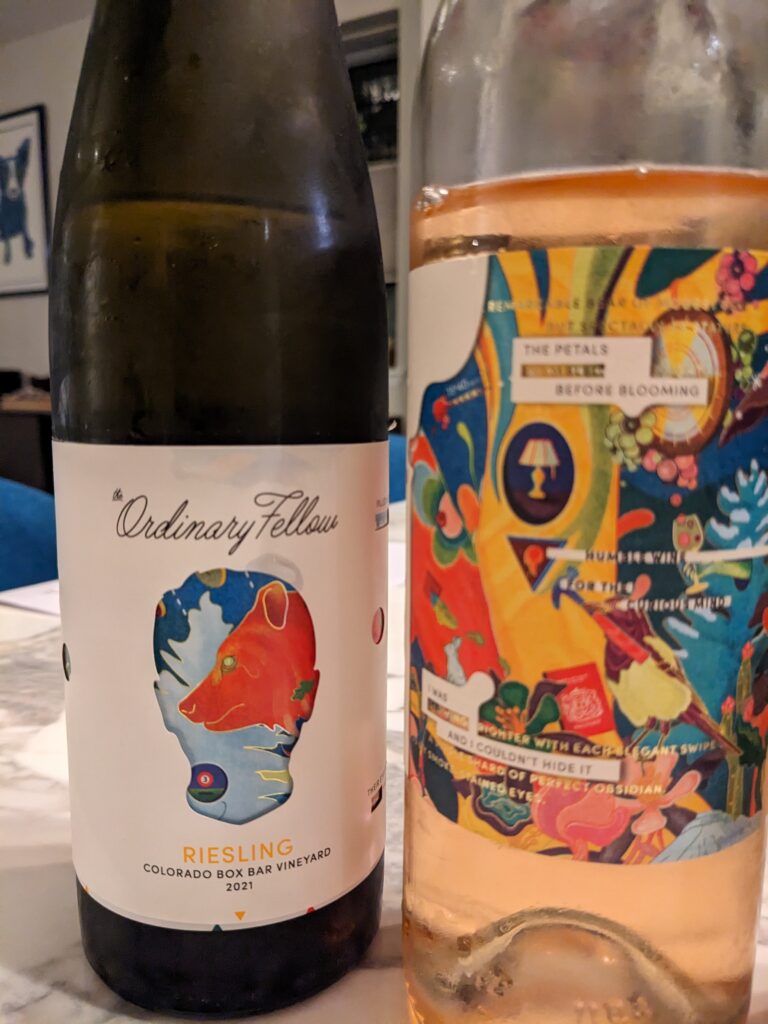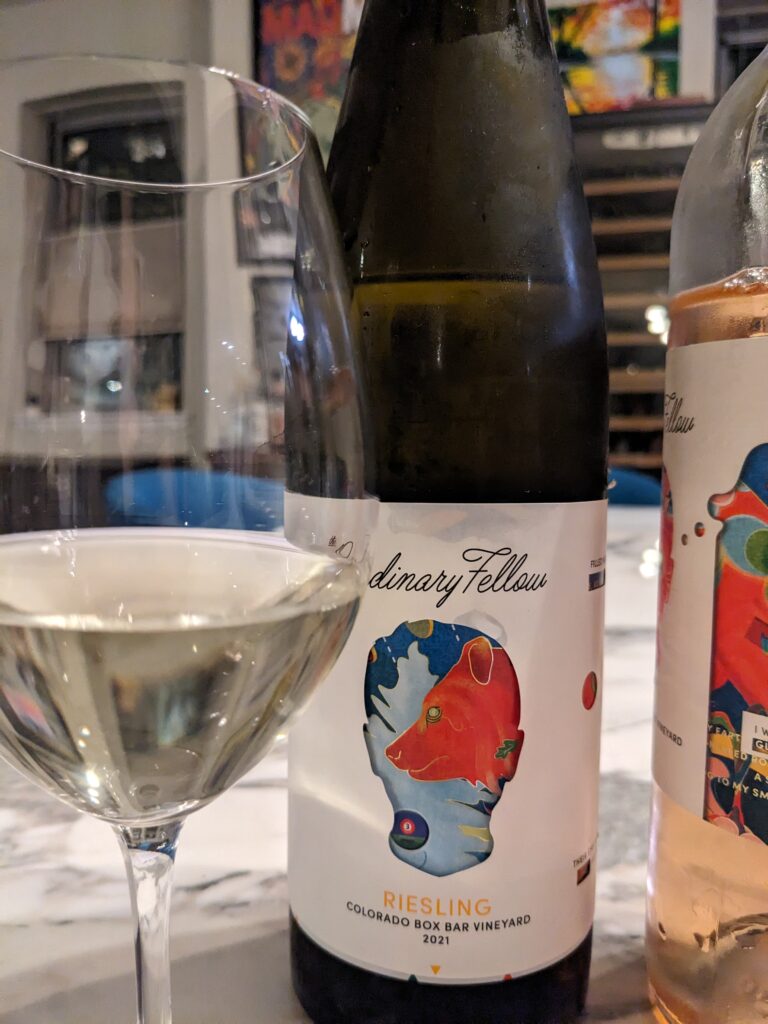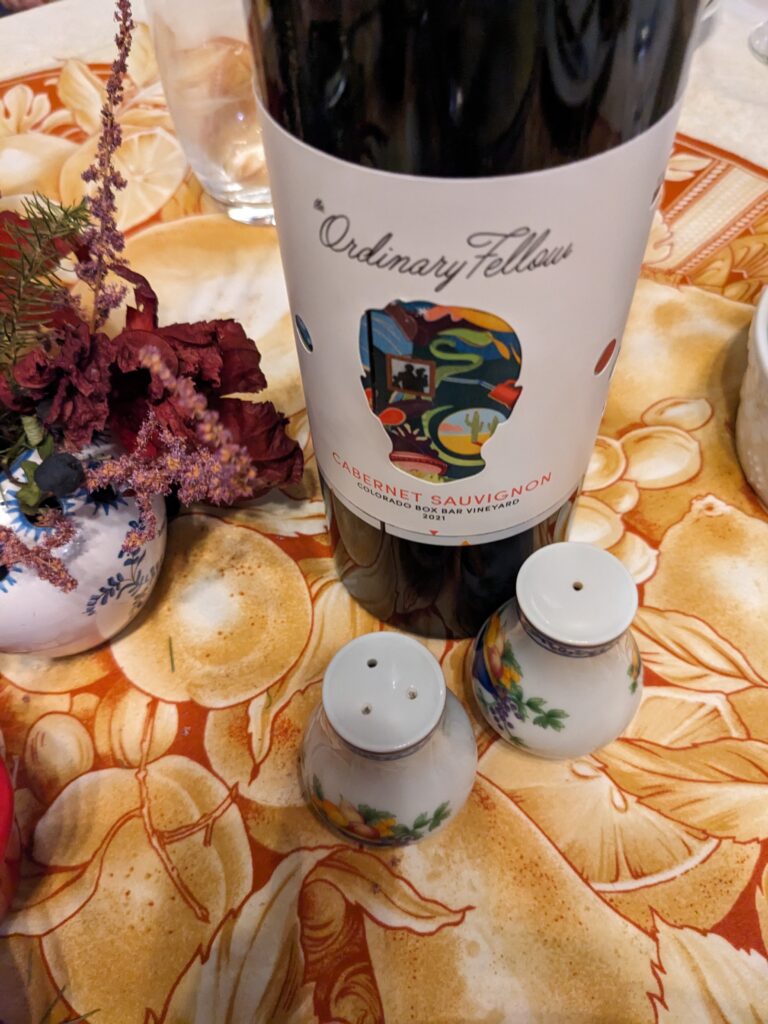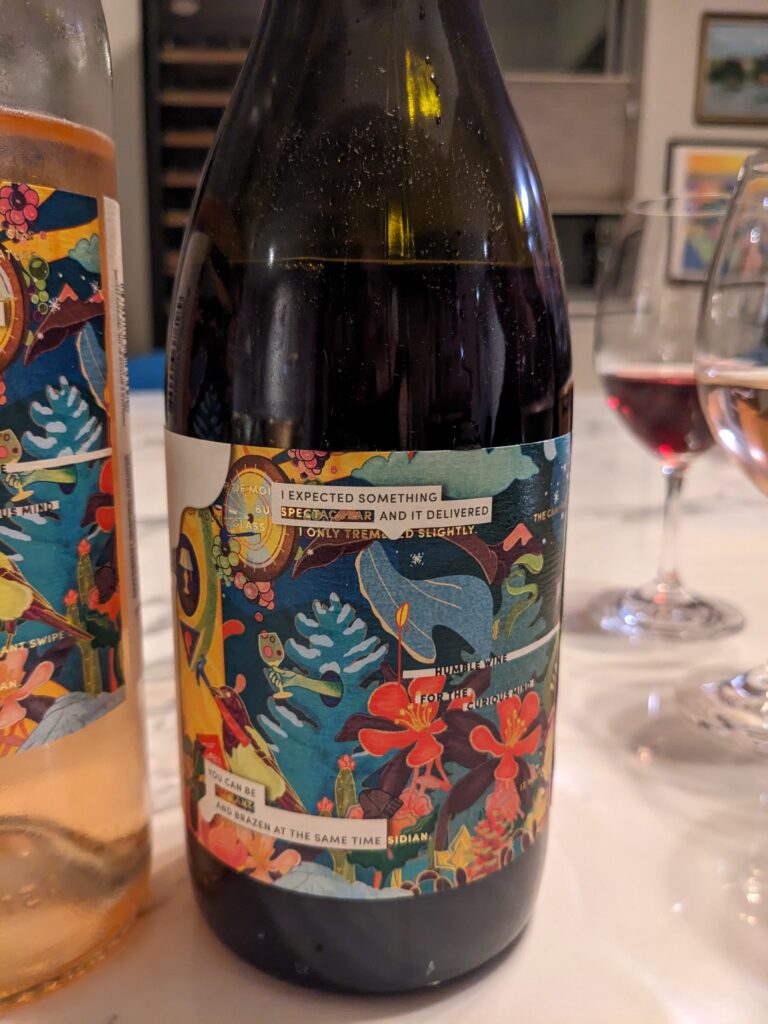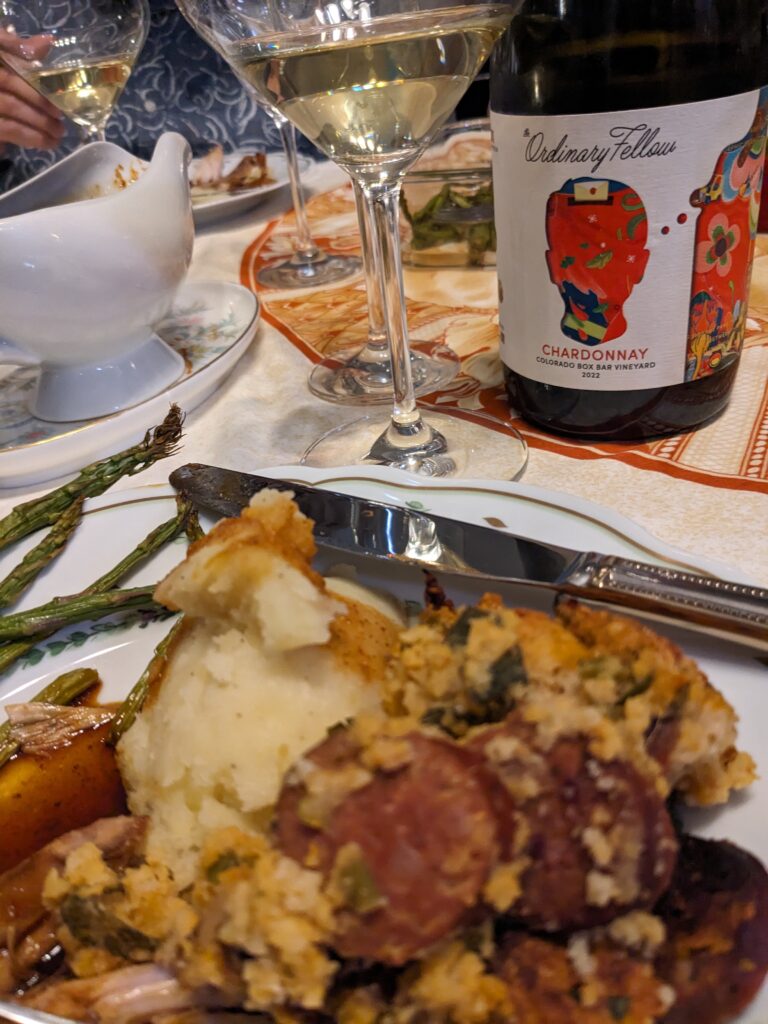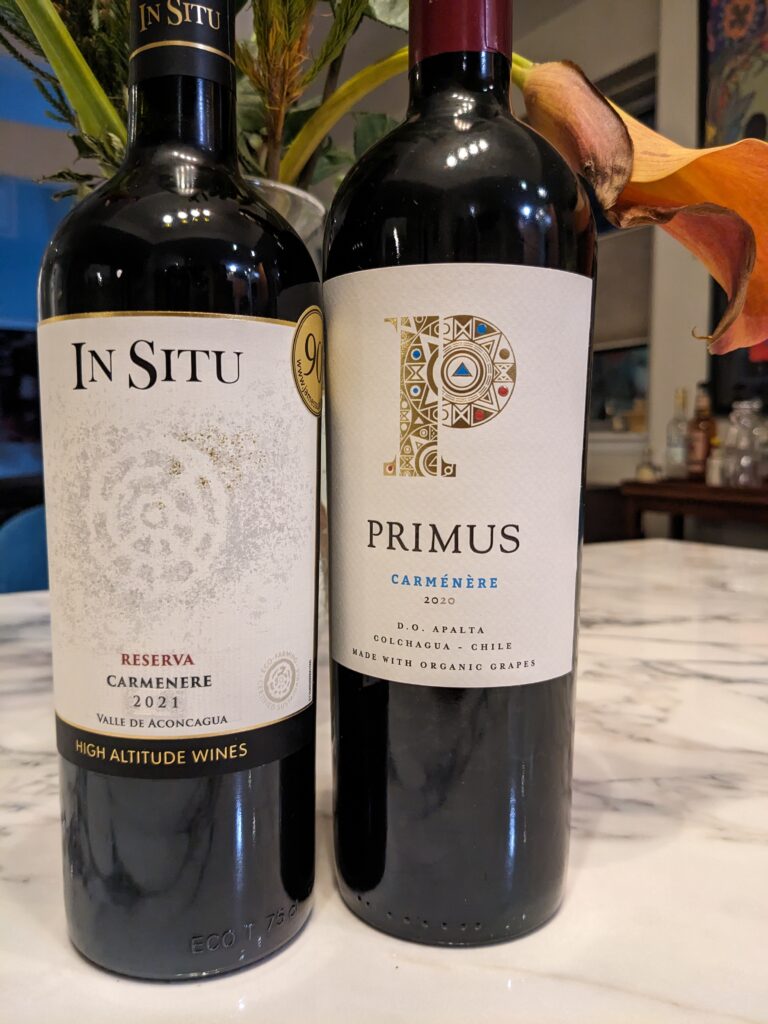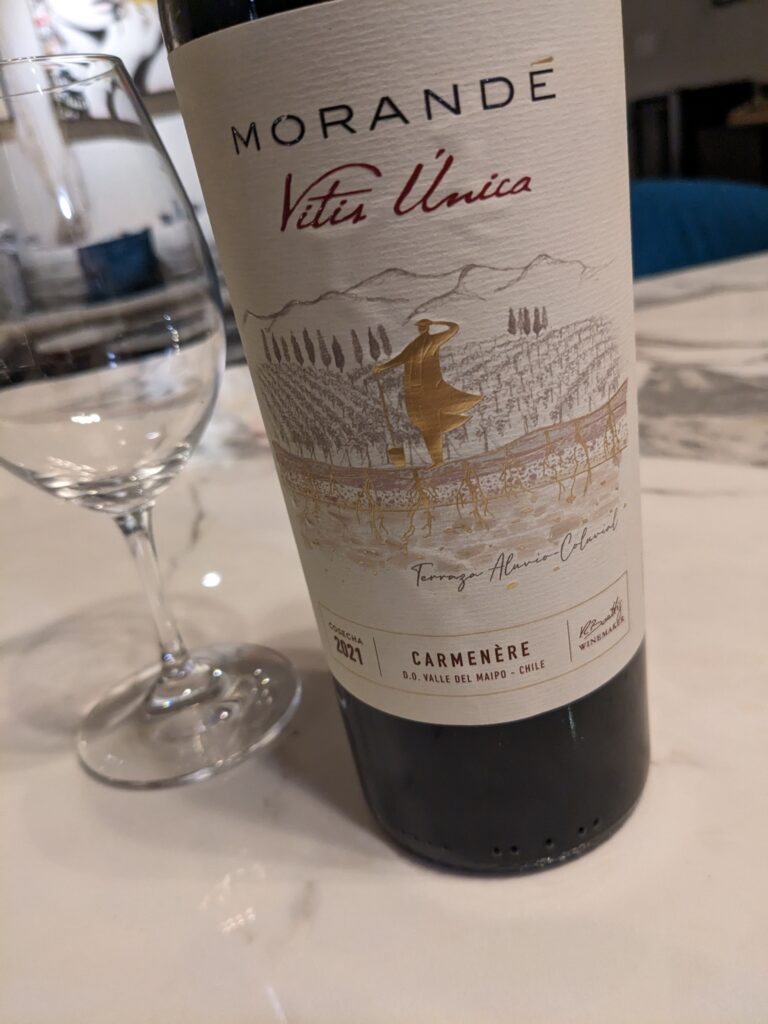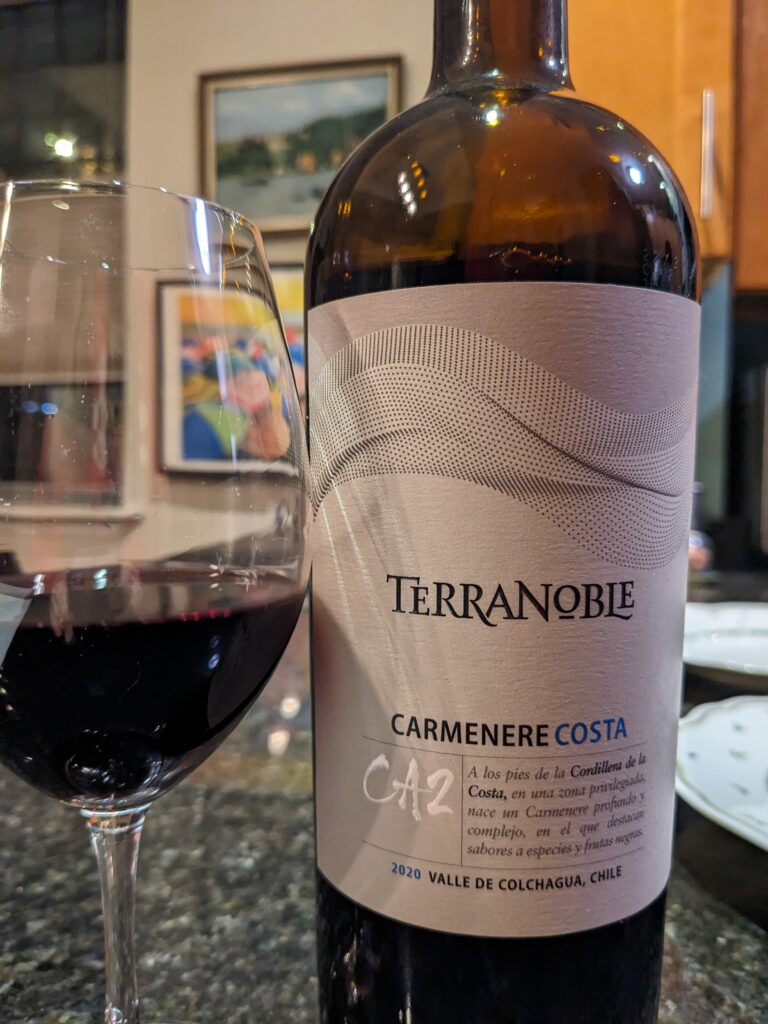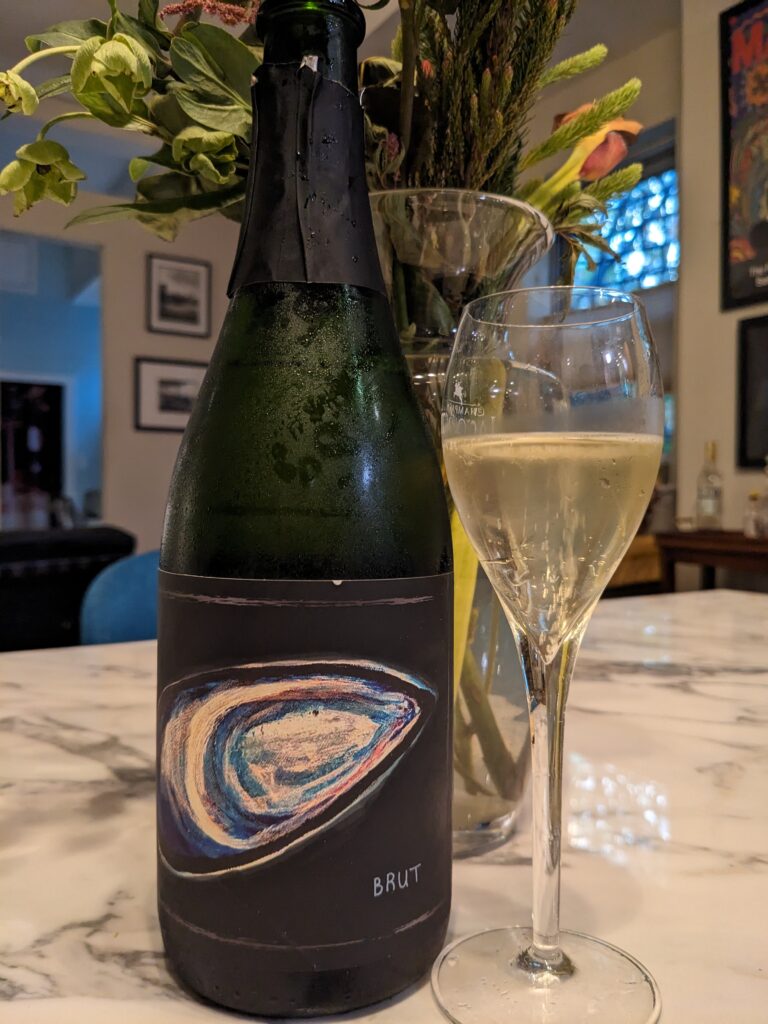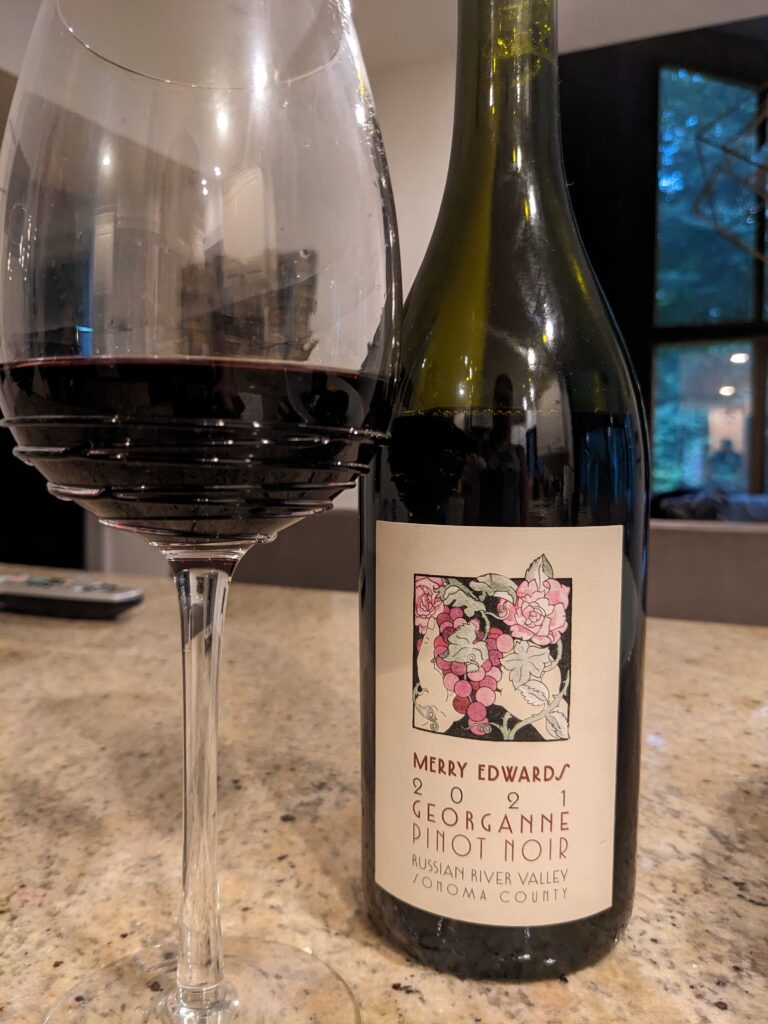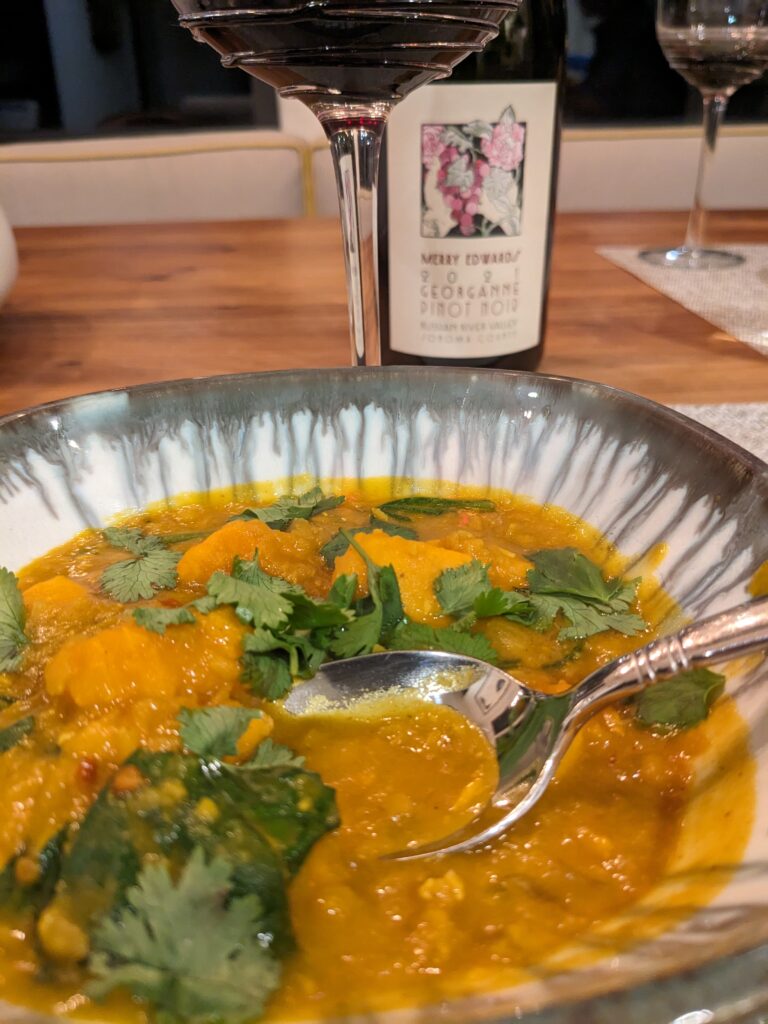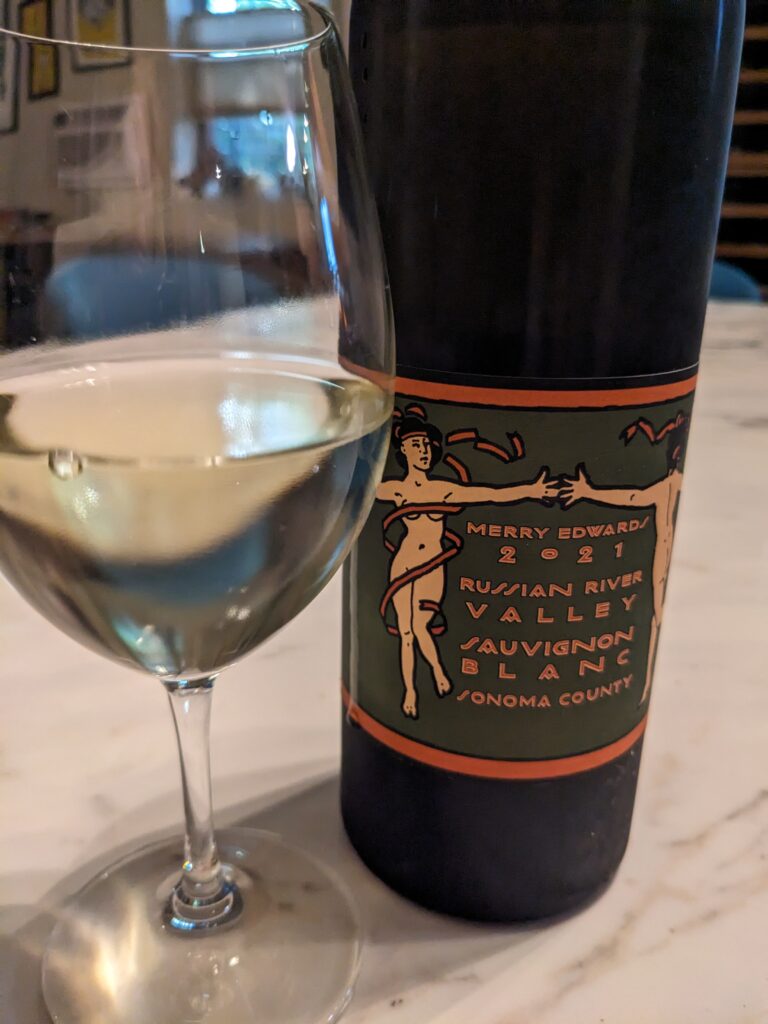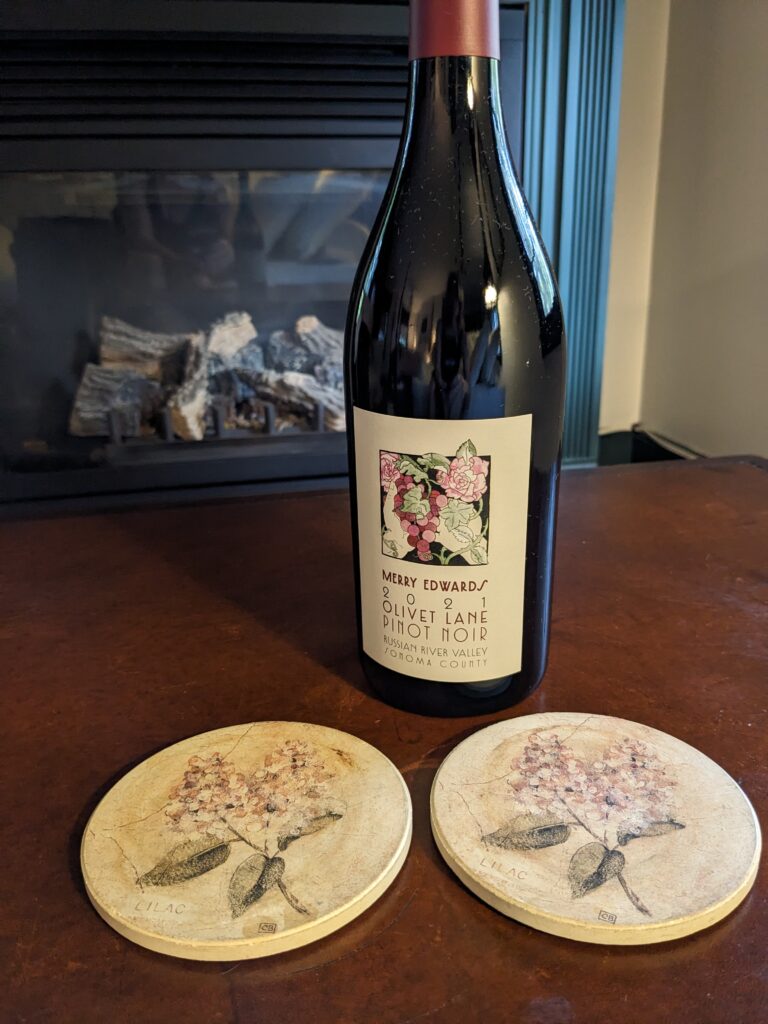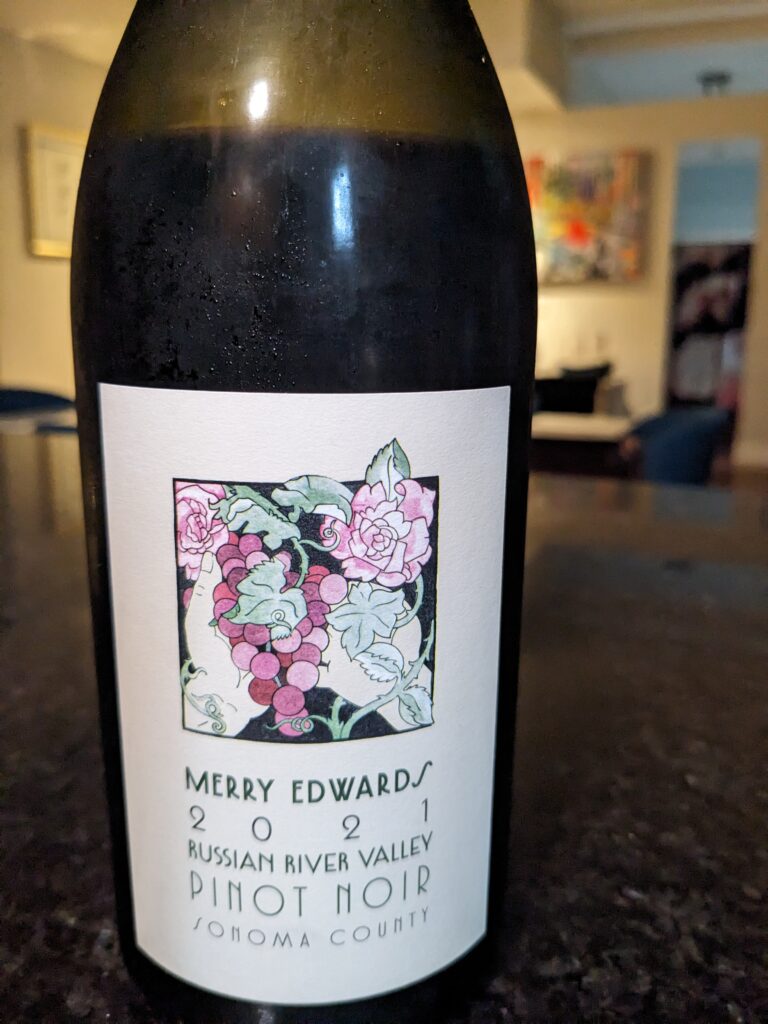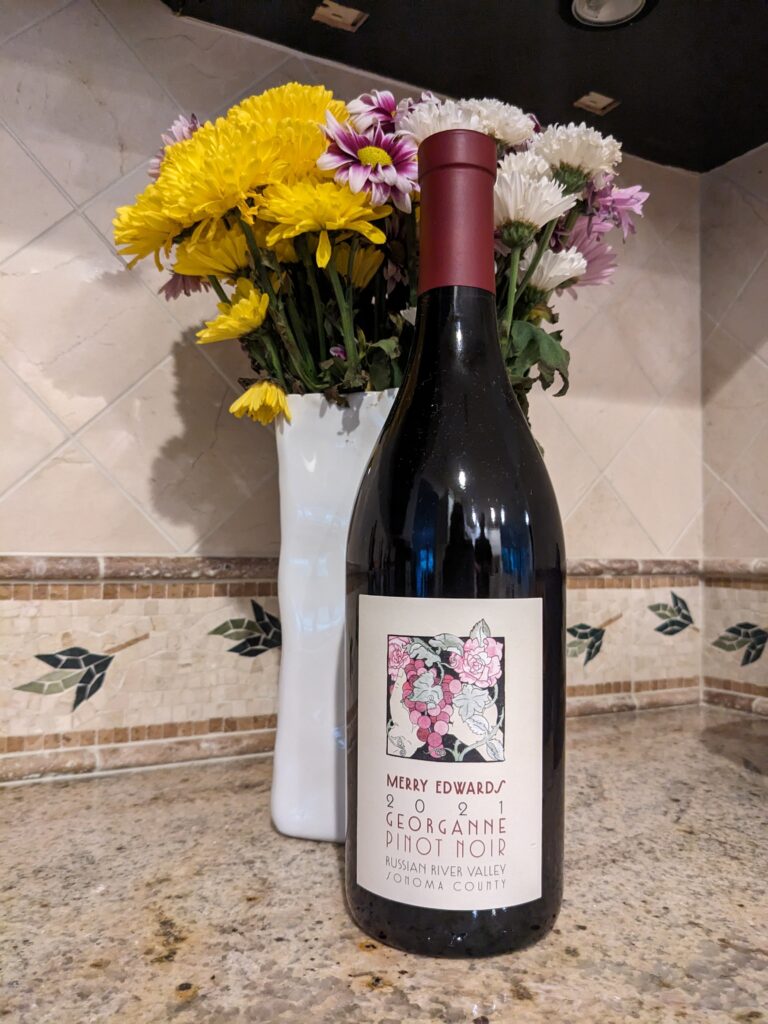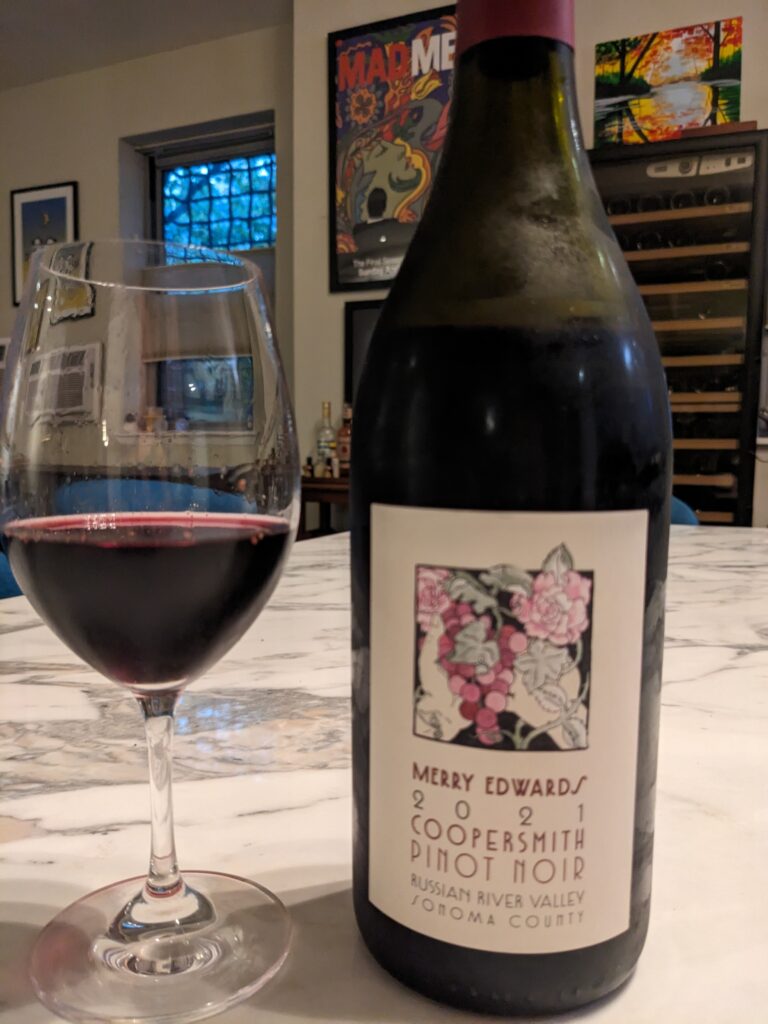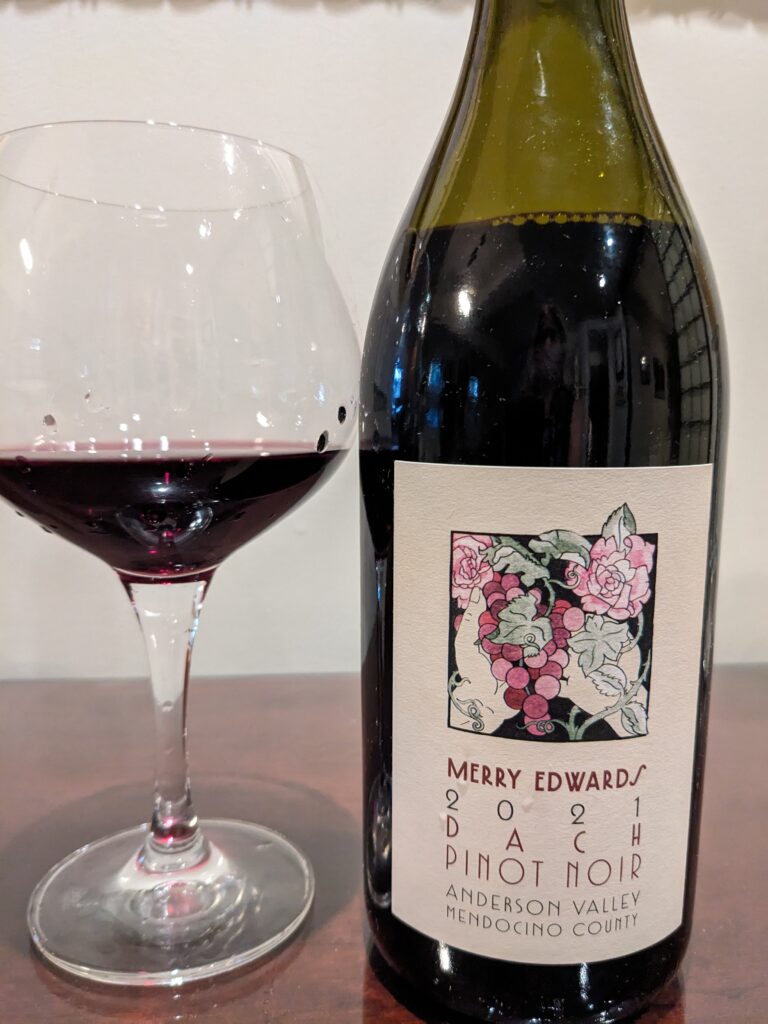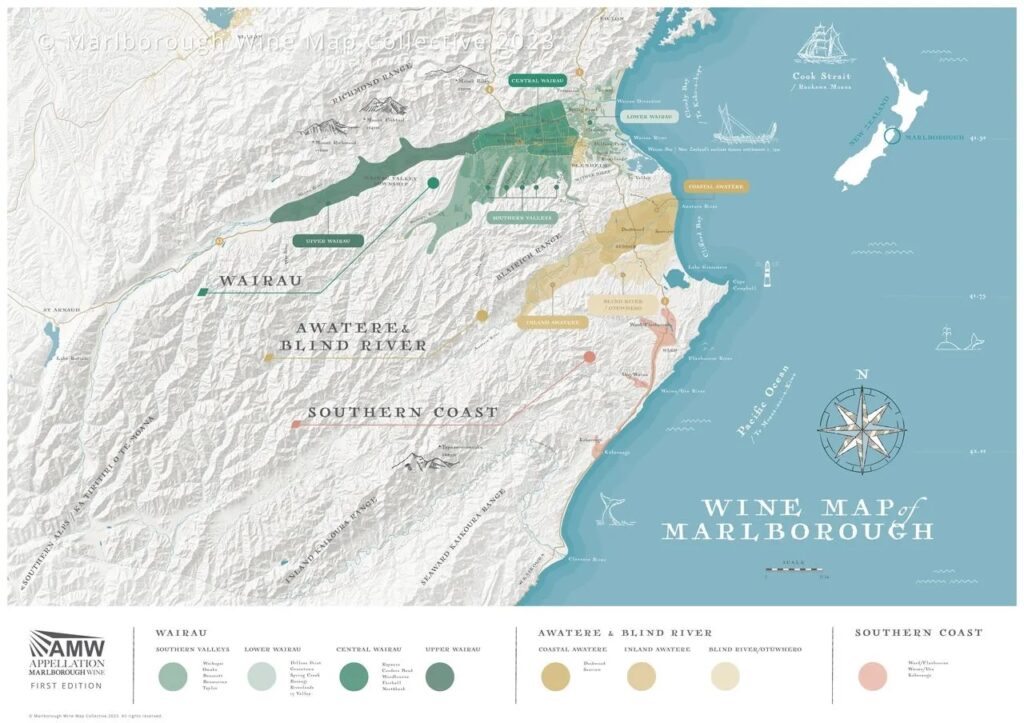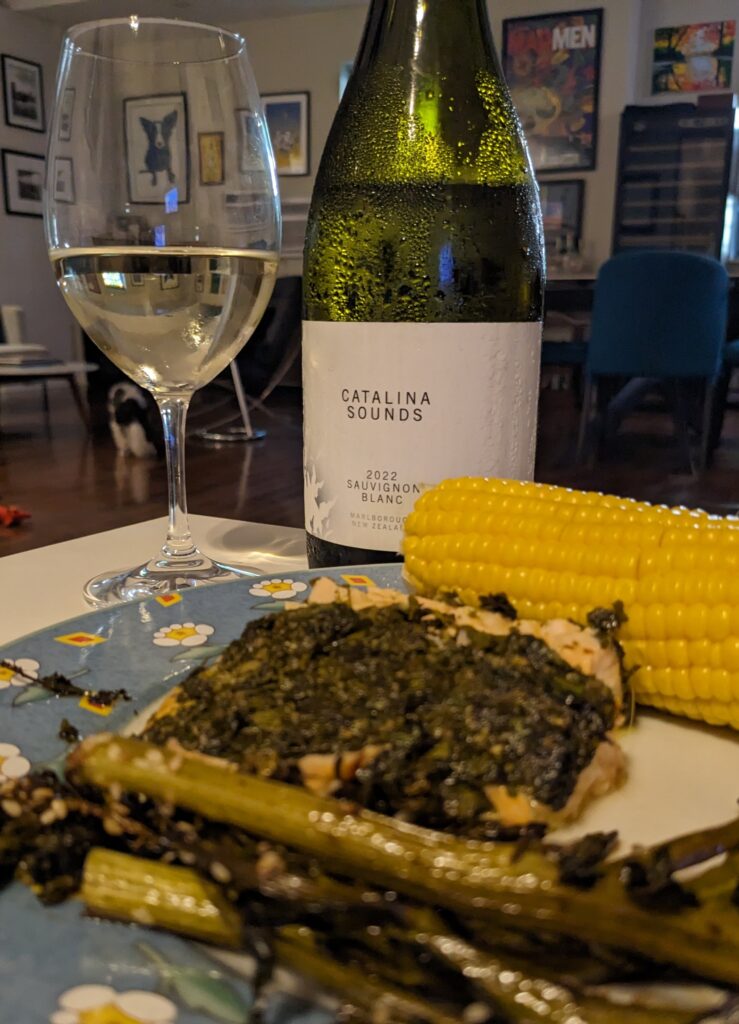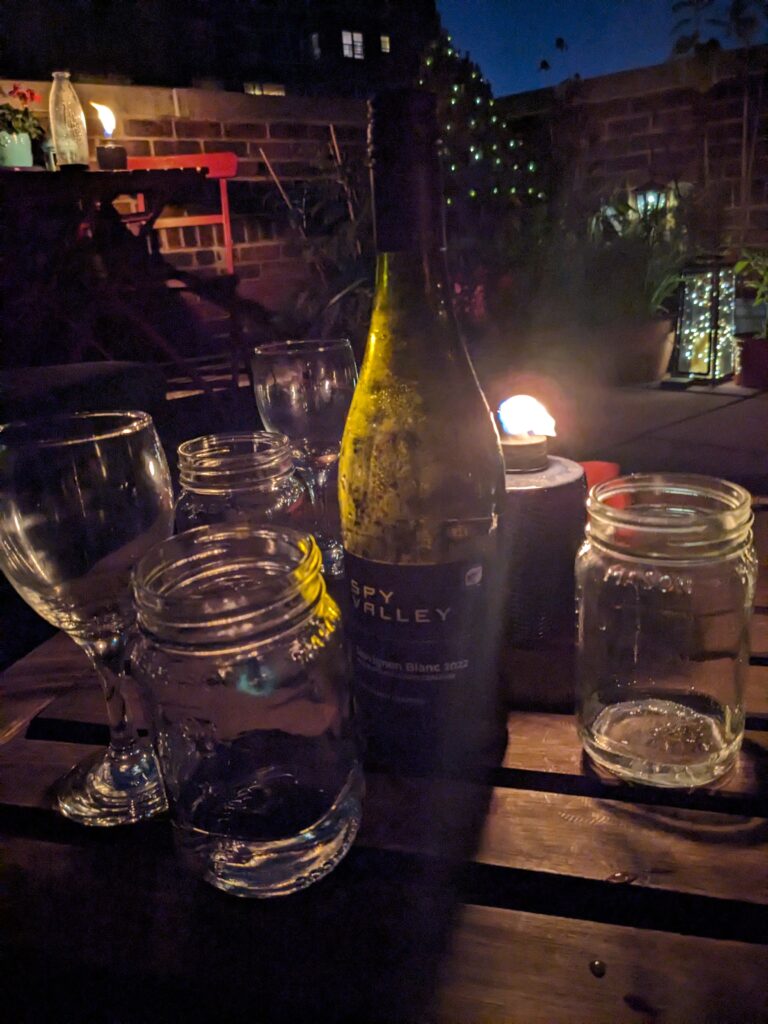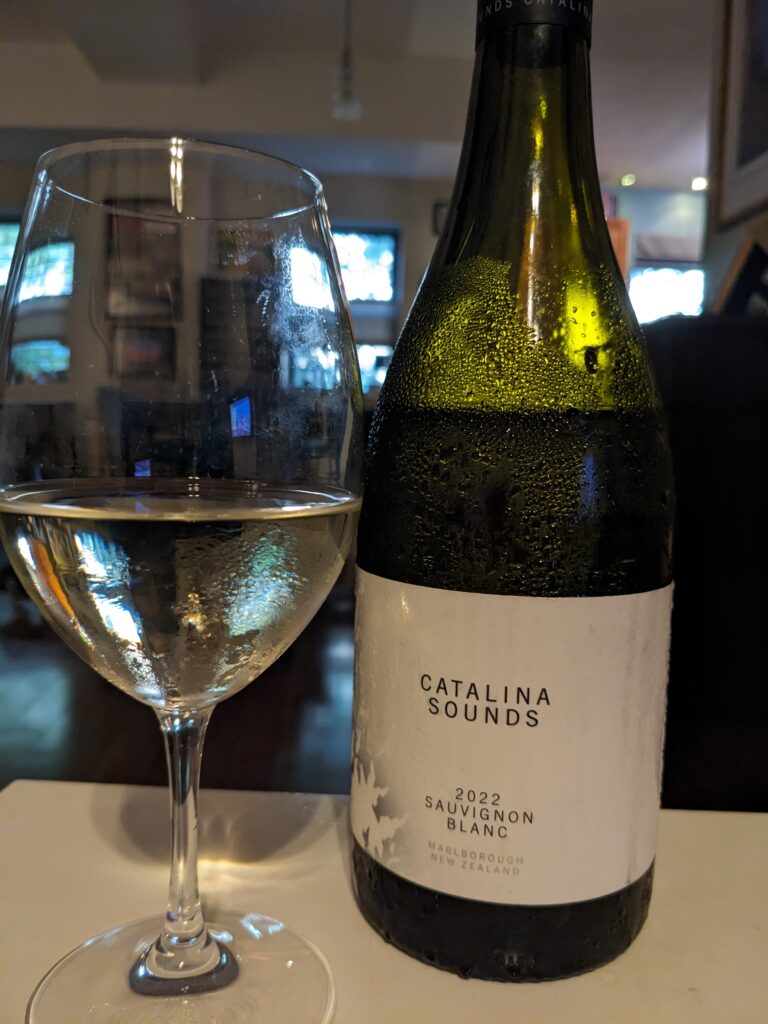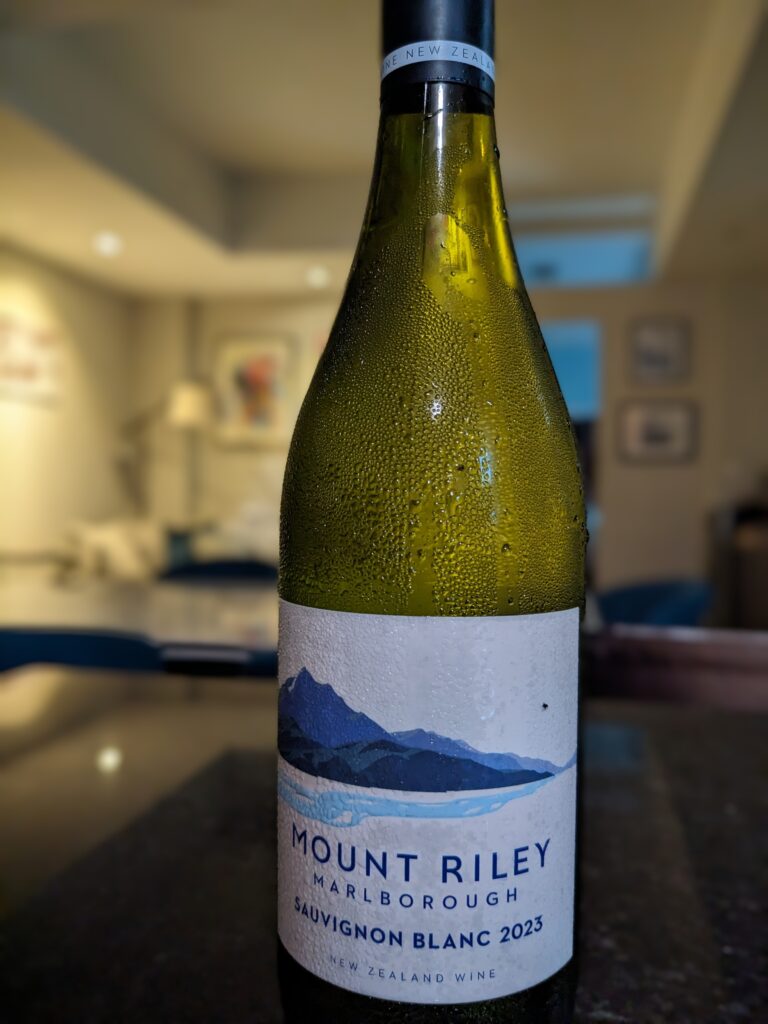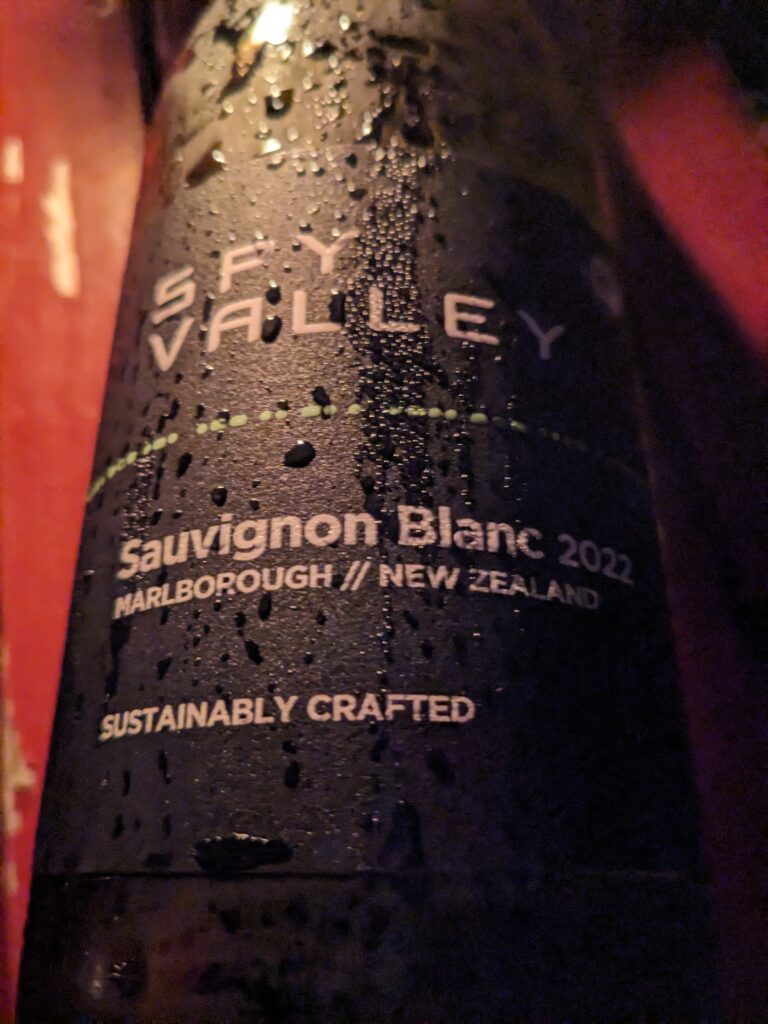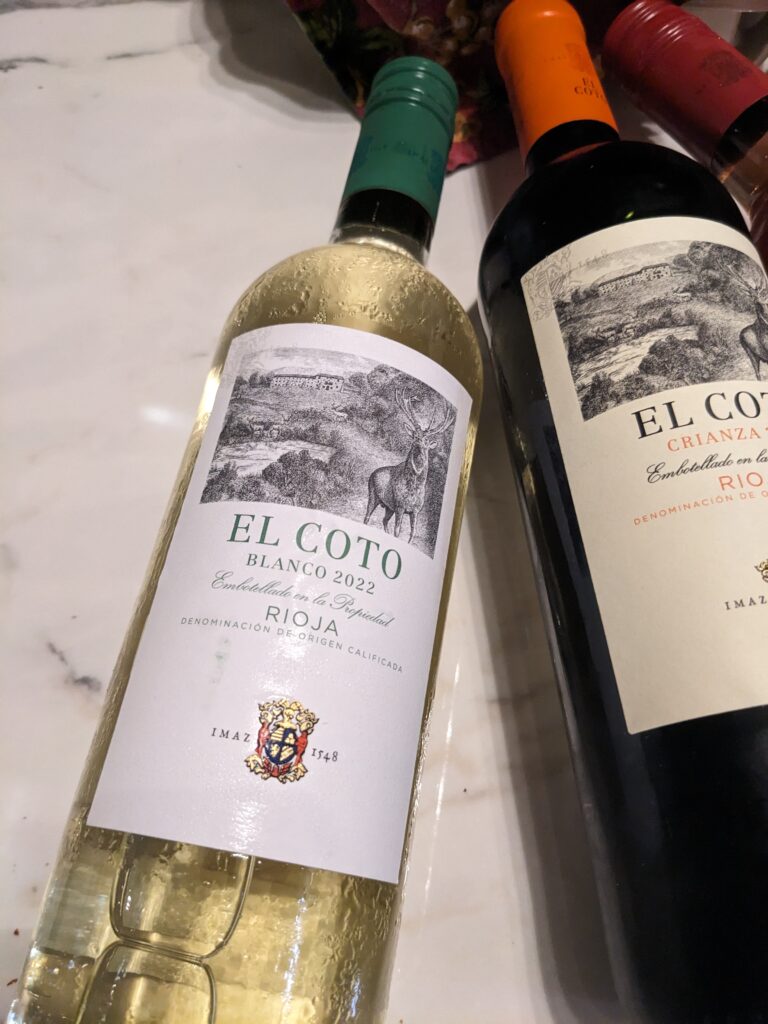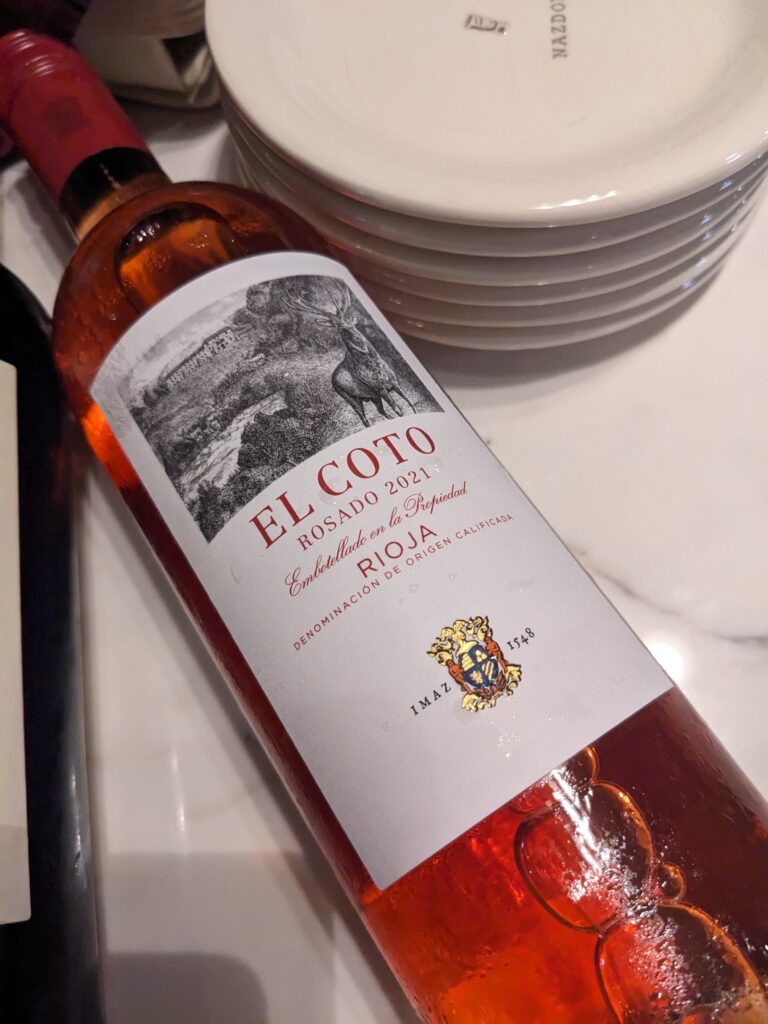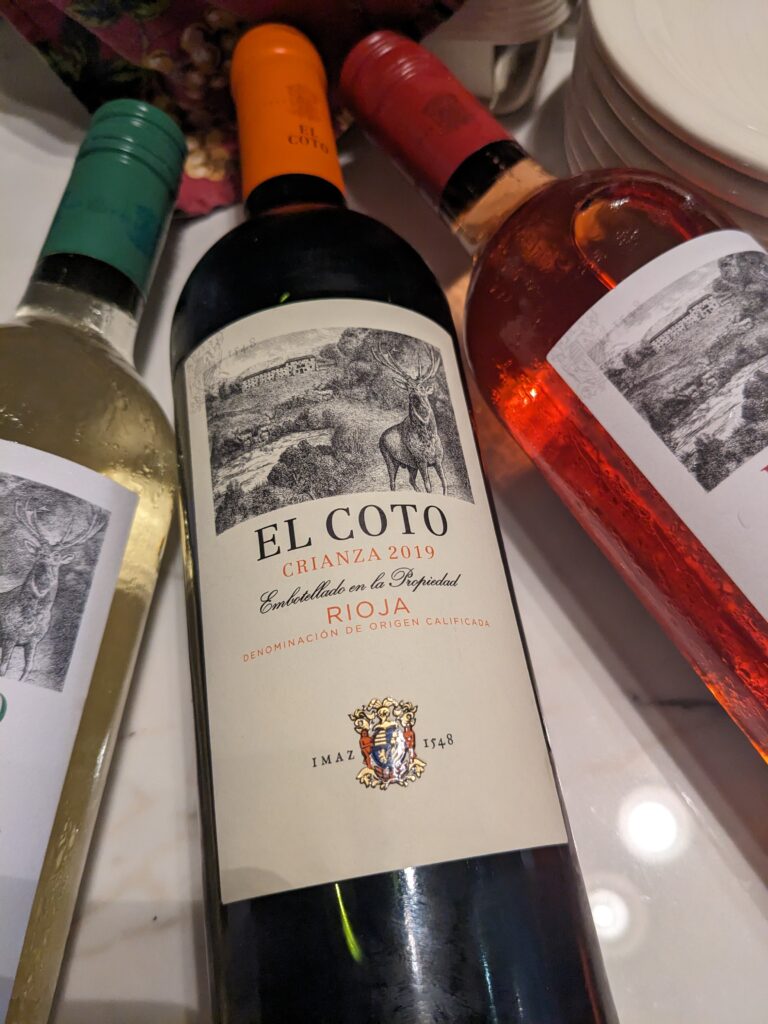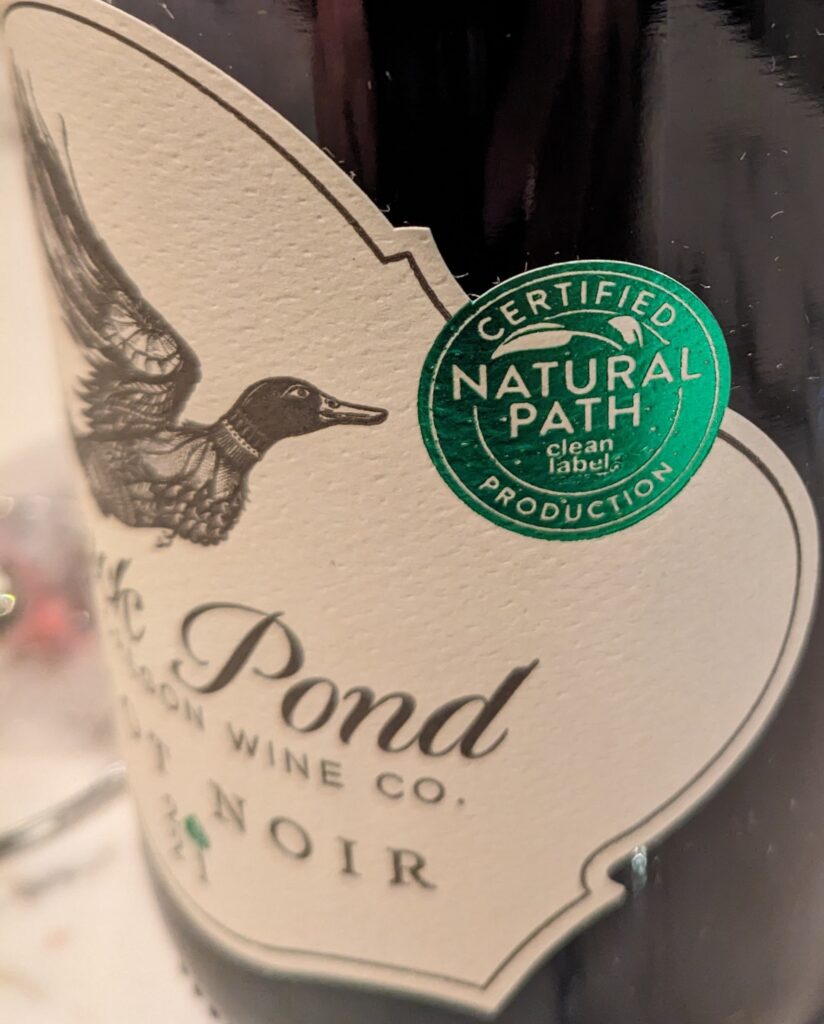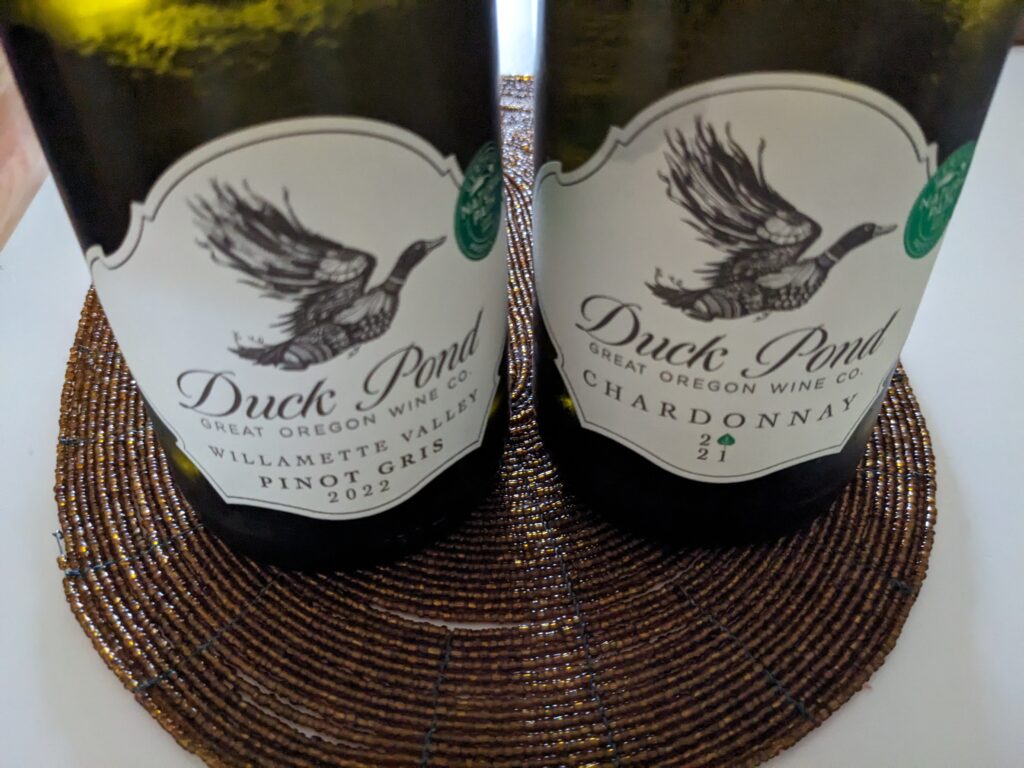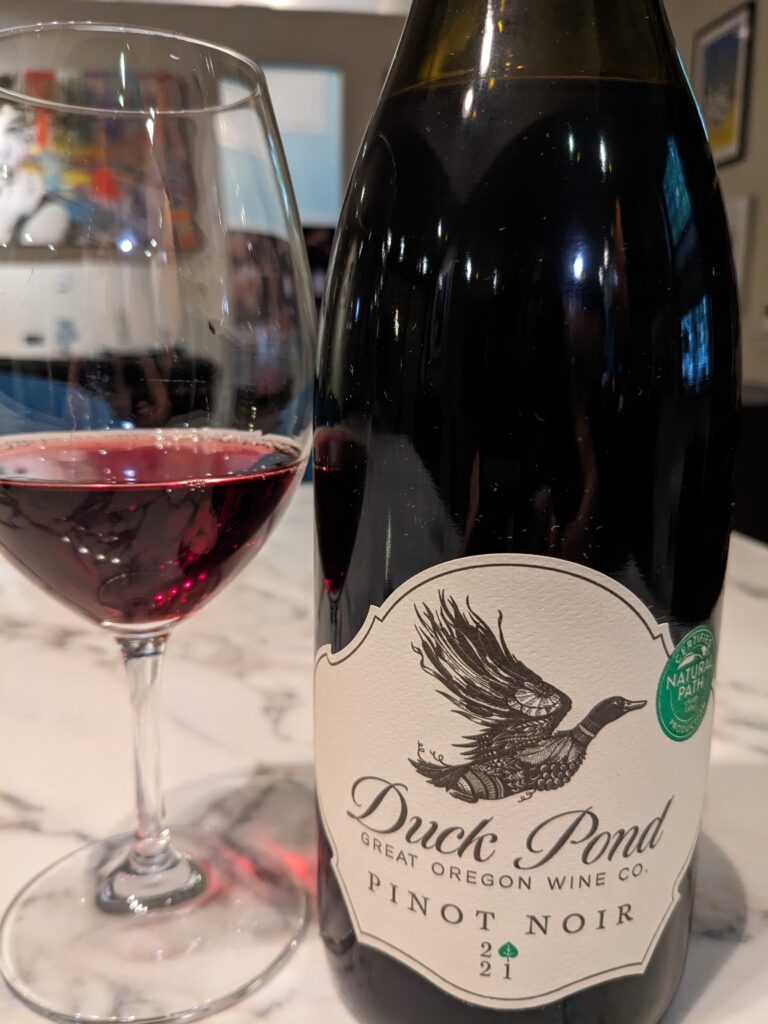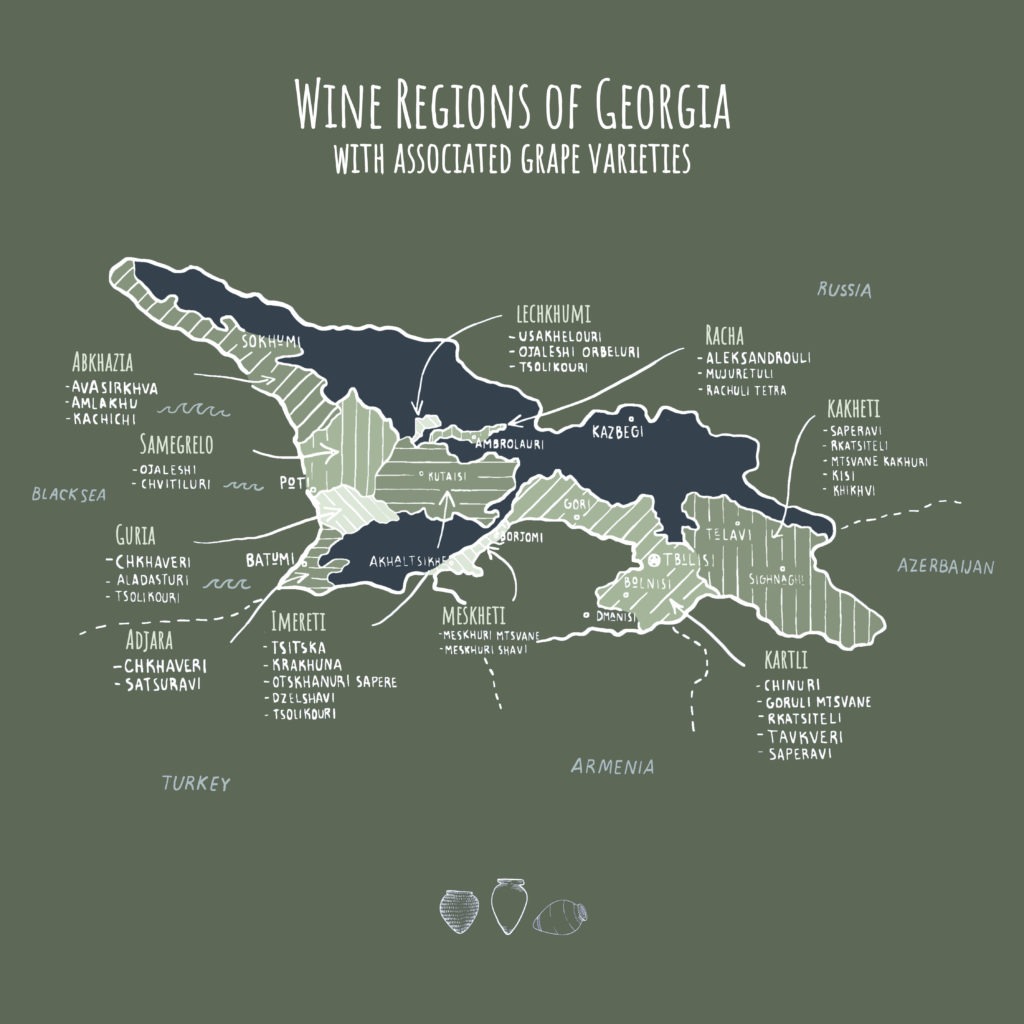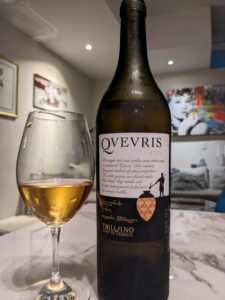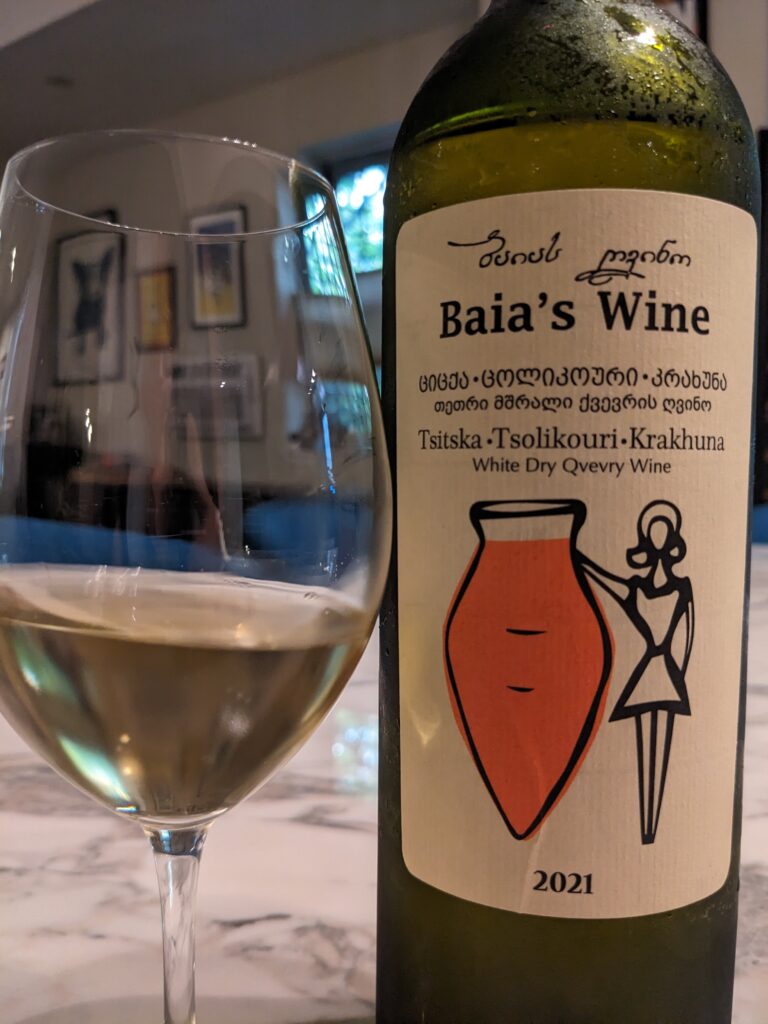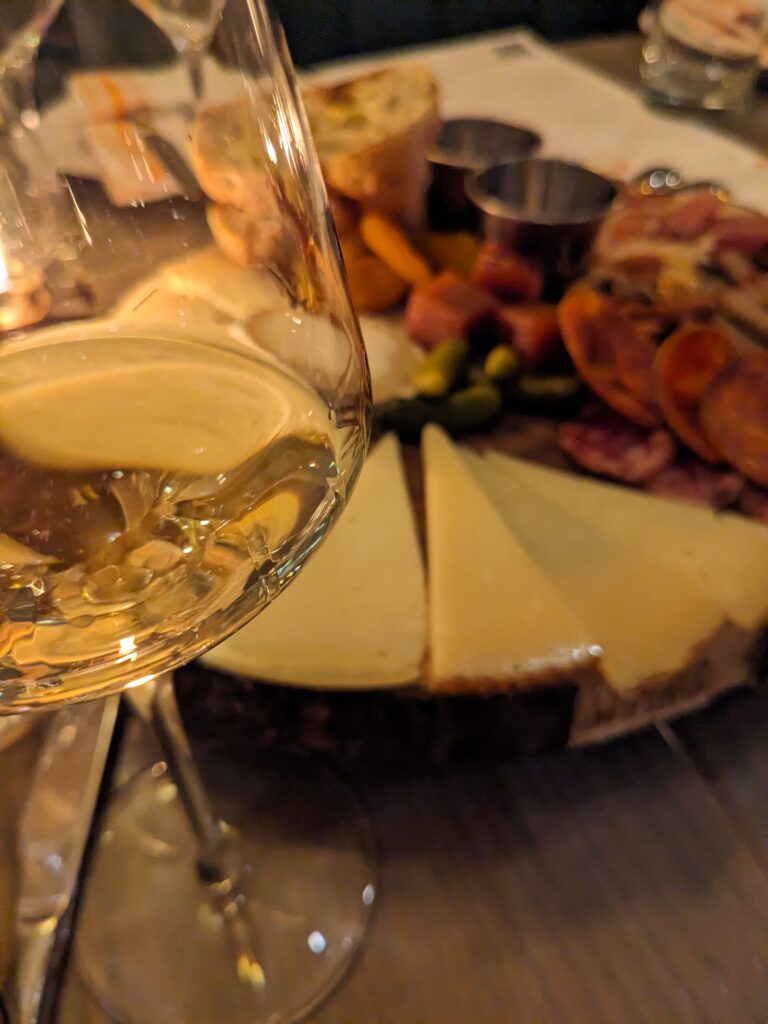
Based in Jerez de la Frontera, the González Byass company dates to 1835 and is a family-owned collection of highly respected wineries in Spain. Notably, its collection includes Bodegas Beronia (producing wine in both Rioja and Rueda), Dominio Fournier (Ribera del Duero producer), Cavas Vilarnau (Cava producer), Finca Constancia (producer of wines in Vino de la Tierra de Castilla), Finca Moncloa (based in Vino de la Tierra de Cádiz), Viñas del Vero (Somontano producer) and Pazos de Lusco (Rías Baixas wines).
Stateside, its U.S. subsidiary, González Byass USA, is an importer of these and other fine wines and spirits.
A recent event brought together a group of wine media professionals to Tasca a Spanish Caribbean restaurant on Manhattan’s Upper West Side to taste through numerous wines in the portfolio alongside tasty bites. According to Professor Henry Higgins, “The rain in Spain falls mostly on the plain…,” but the on the night in question, it was wet and cold. Thankfully, the event itself was warm and inviting, with an opportunity to meet new people and reconnect with colleagues over good wine and food.
More specifically, the evening was an informal celebration of the elegance and food friendly nature of these wines as we sipped and savored the wonderful wines and delicious cuisine. Overall, it was an important reminder to seek out Spanish wines given their quality and diversity and, in particular, to drink sherry and vermouth, which are less trendy, but deserve to be drunk more often.
We kicked off the tasting with a selection of charcuterie and small bites, served with Tio Pepe Fino (sherry) NV, La Copa Gonzalez Byass’s Vermut (vermouth) Extra Seco and Vilarnau Brrut Nature 2017 Cava. As we whetted our appetite with the aperitifs and appetizers, we turned our attention to a lovely Albarino (2022 vintage) from Pazos de Lusco from Rias Baixas.
An assortment of reds was on offer as well including Beronia’s Rioja Vareira 2019, Rioja Reserva 2018 and Beronia’s Graciano 2017 (Graciano is one of the permitted grapes in Rioja, but which is less frequently made into a single variety wine) as well as a Ribero del Duero 2019 from Dominio Fournier. To accompany the array of decadent desserts, we enjoyed an aged sherry, the Gonzalez Byass Apostoles 30 Year Sherry, which paired beautifully with all four, but especially the flan and the banana bread.
As we departed the restaurant and headed for home, we were well sated with great company, an exquisite meal and… a lull in the rain. A convivial evening indeed!
NB: Given the informality and conviviality of the event, I neglected to take notes, but to learn more about some of these wines, I invite you to check out the related, previous stories included below the photo gallery.
(Retail pricing is listed below.)
- Vilarnau Brut Nature 2017: $20.99
- La Copa Vermut Extra Seco: $24.99
- Tio Pepe Fino NV: $19.99
- Pazo de Lusco 2022: $24.99
- Beronia Reserva 2018: $24.99
- Dominio Fournier 2019: $29.99
- Beronia Graciano 2017: $29.99
- Beronia Vareia 2019: $79.99
- Gonzalez Byass Apostoles: $49.99
- Gonzalez Byass Matusalem: $49.99 (not tasted, but also present at the event)

